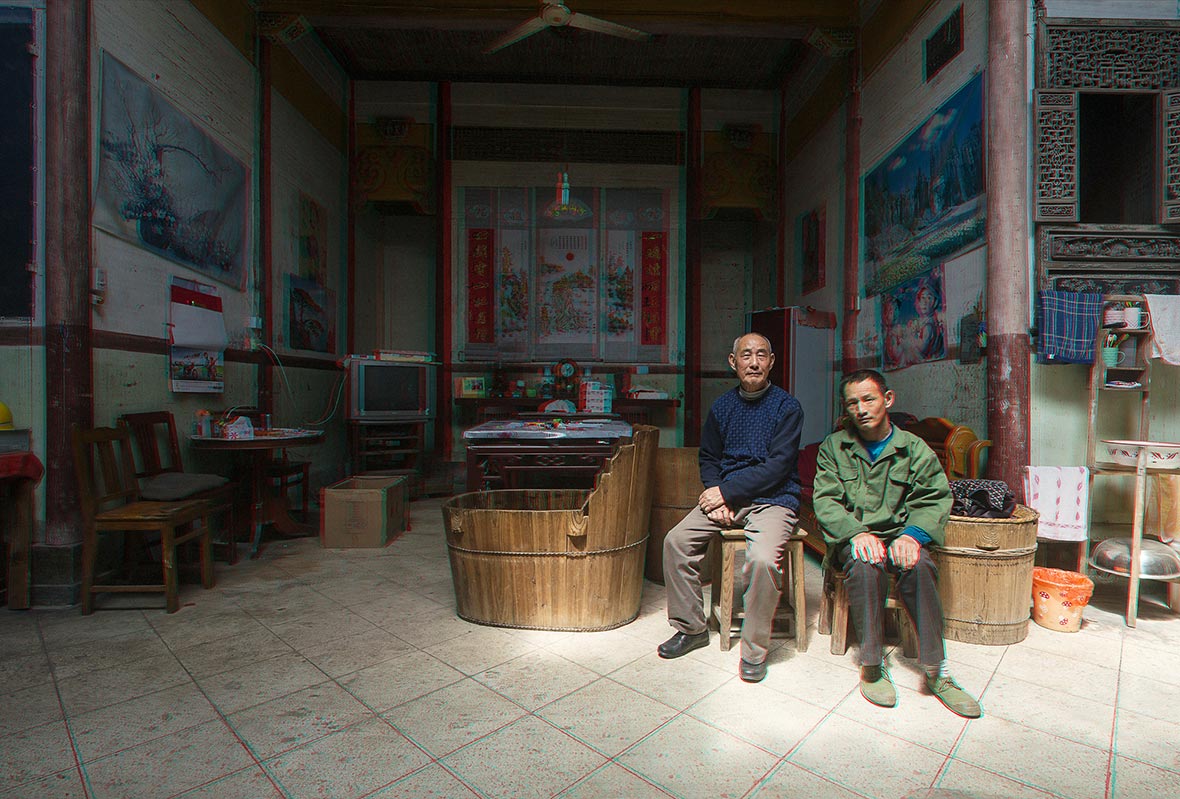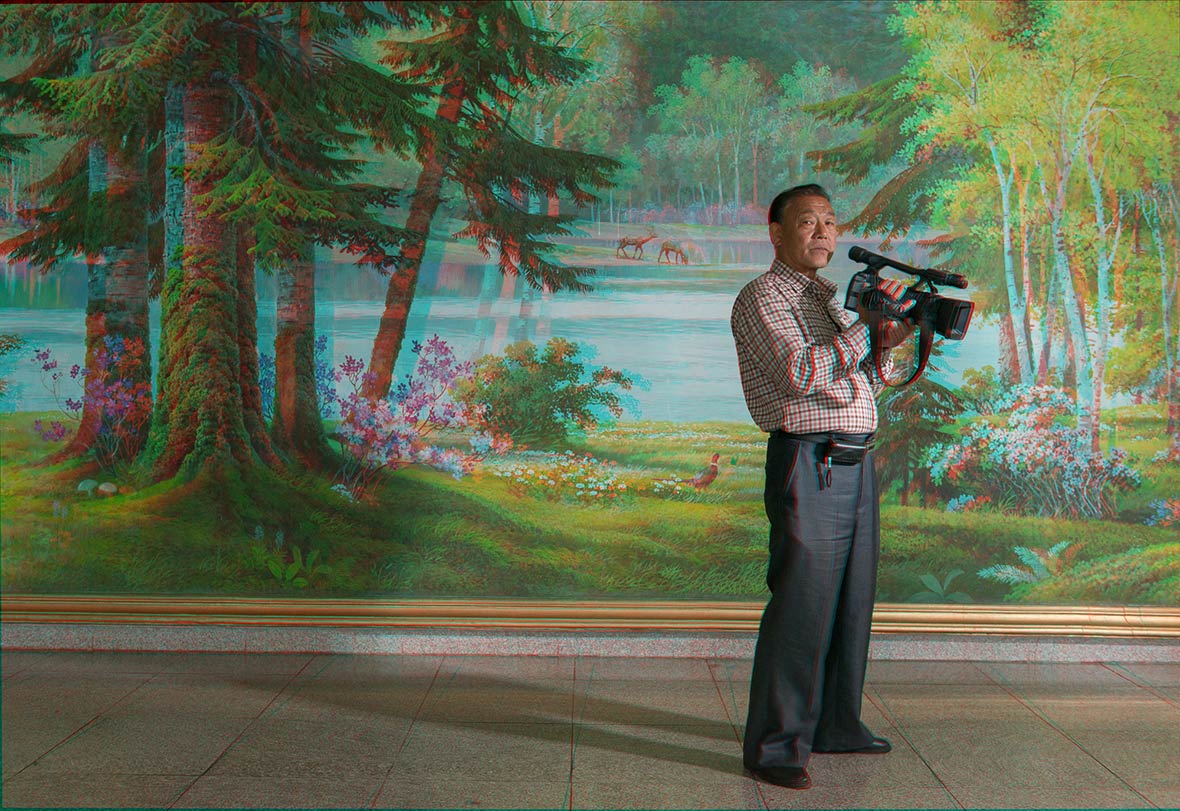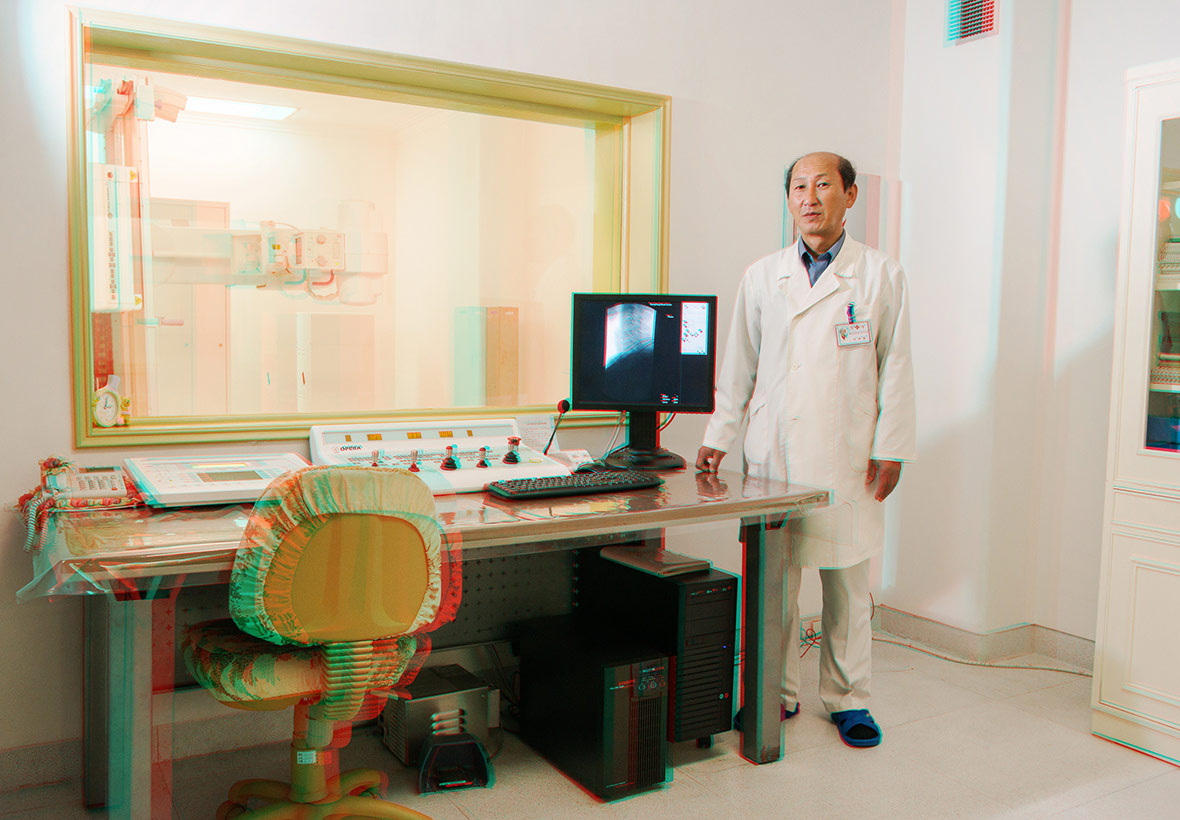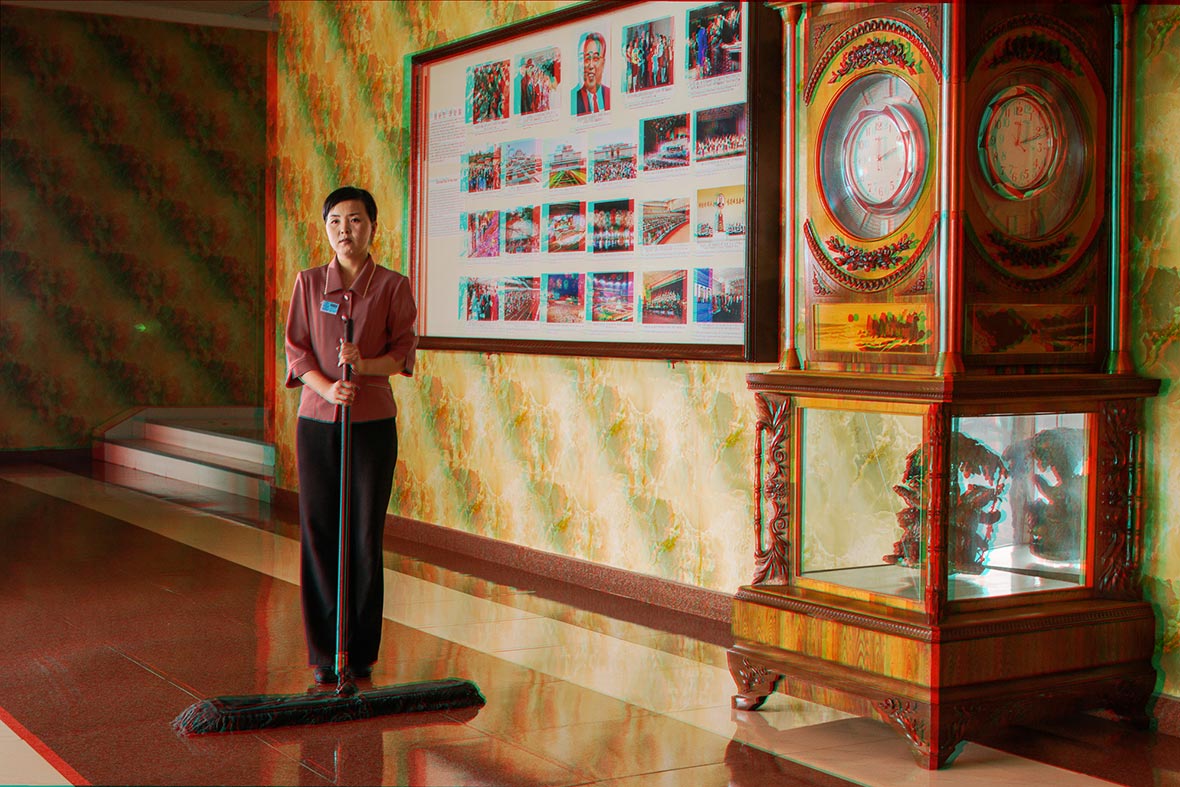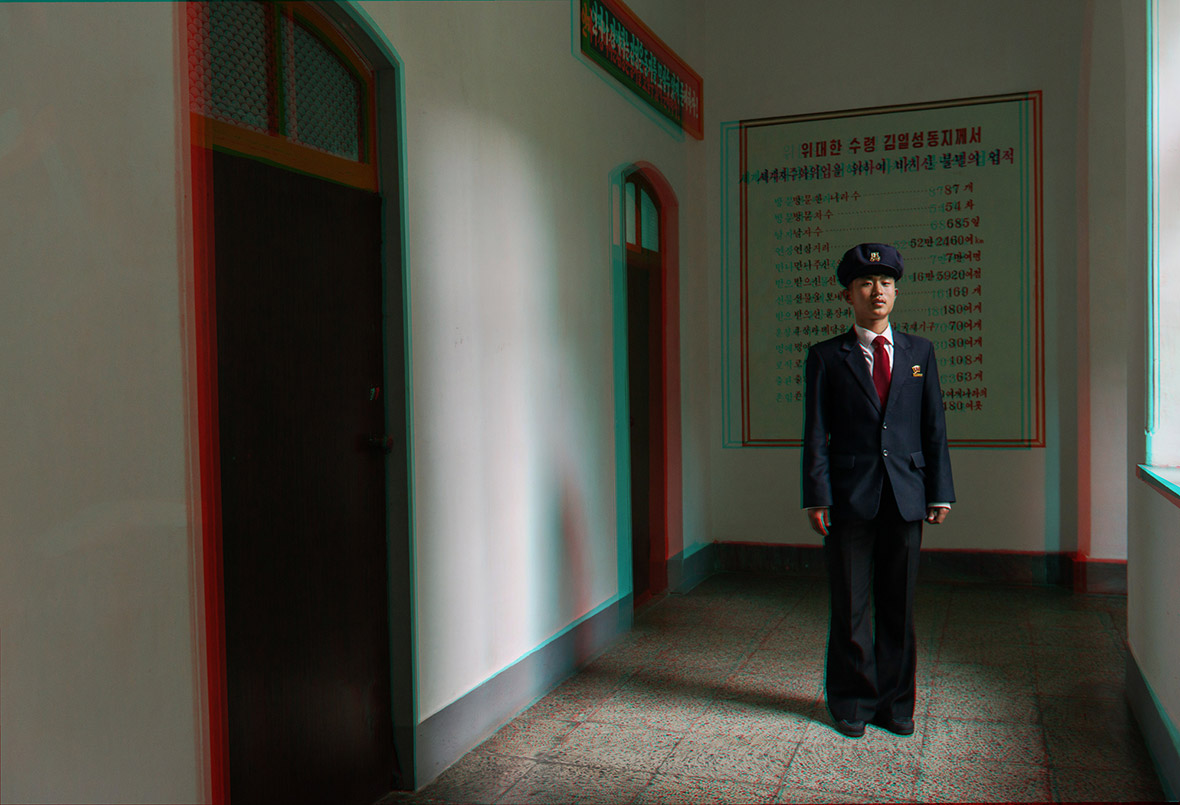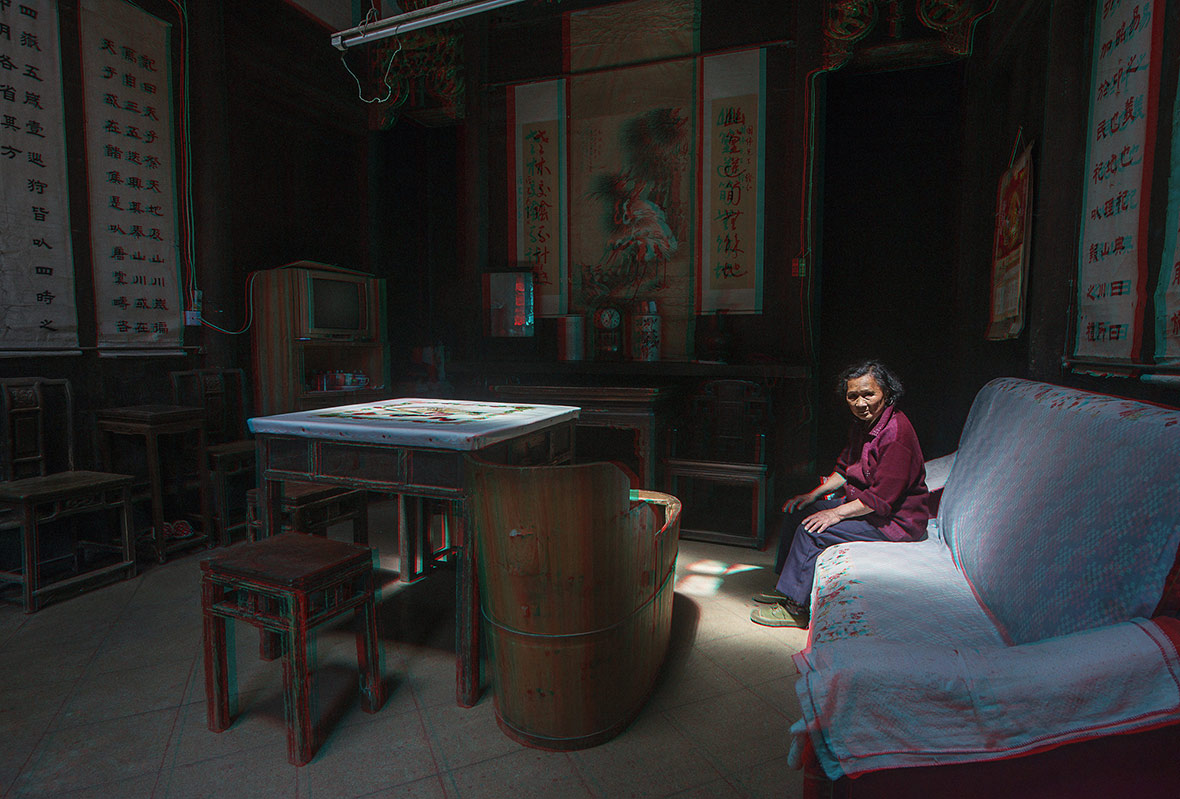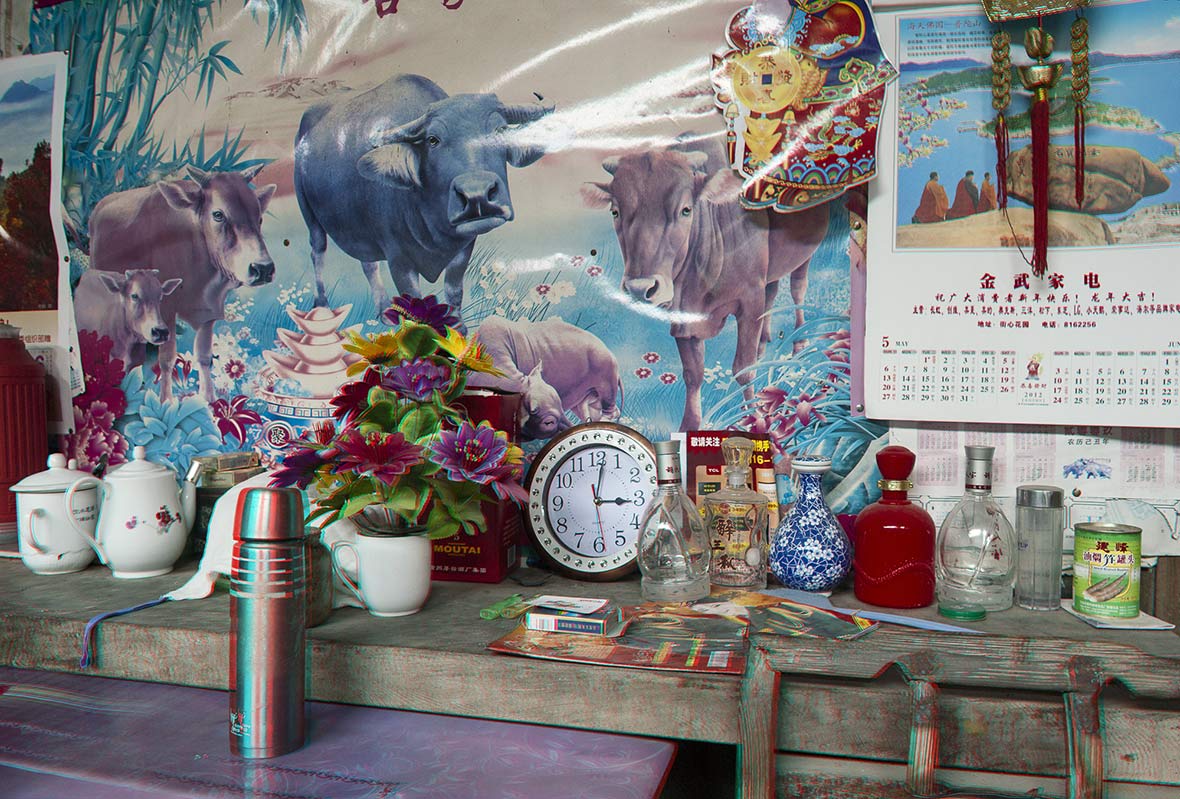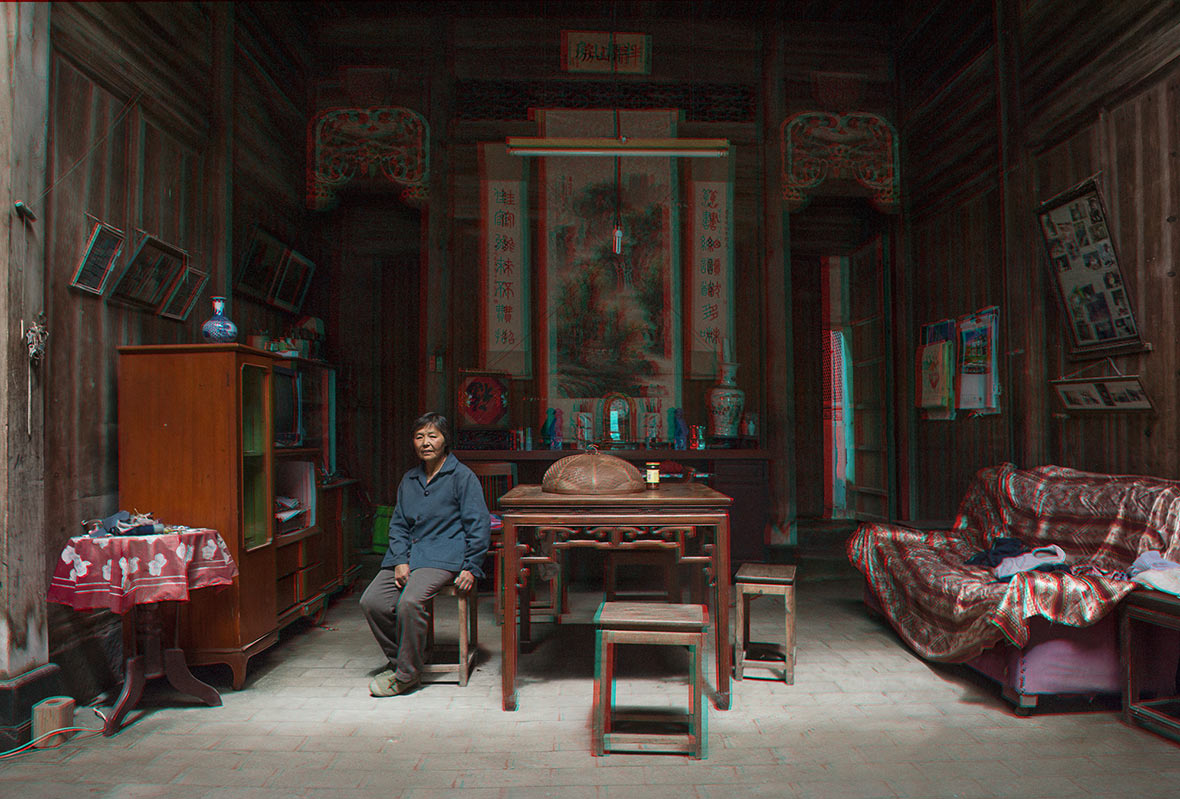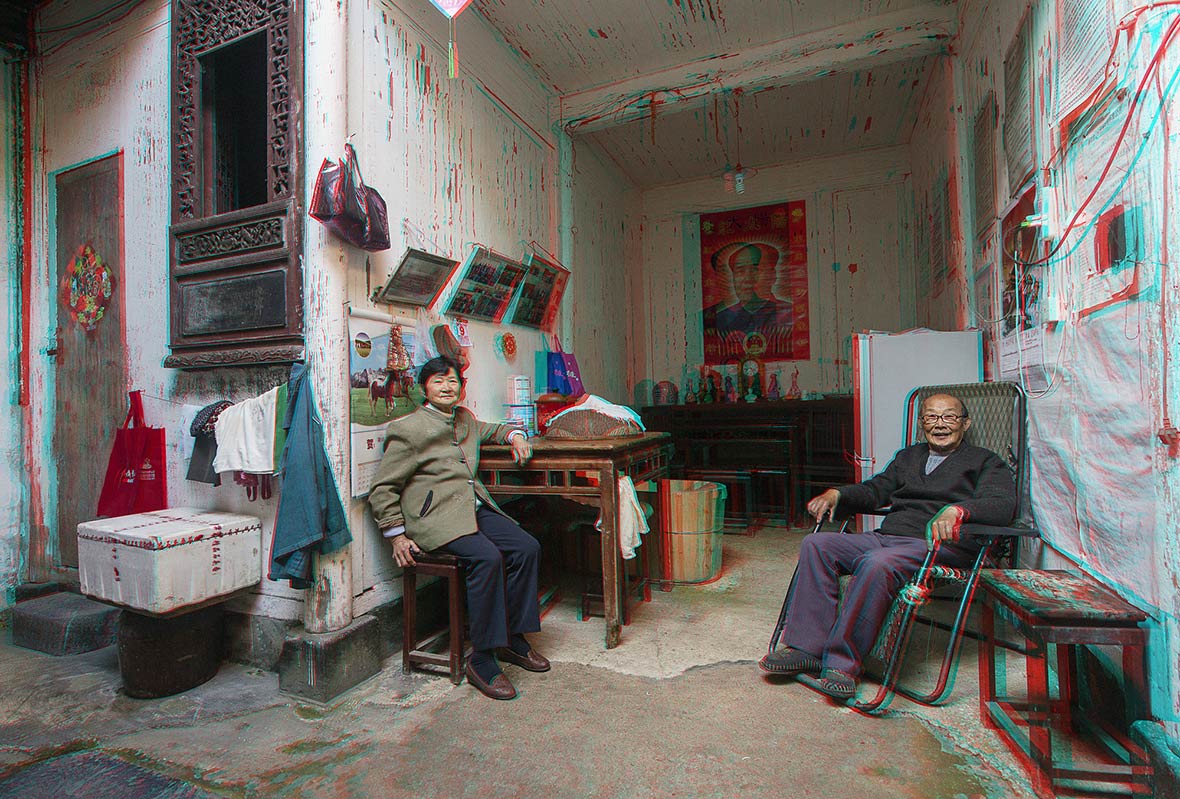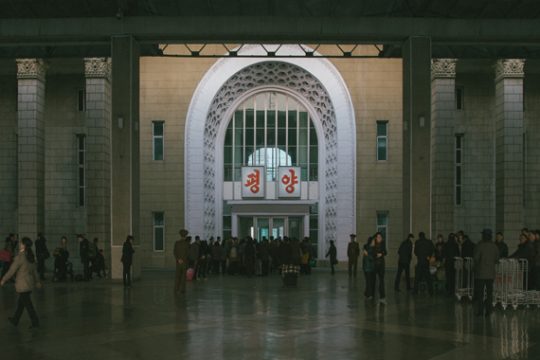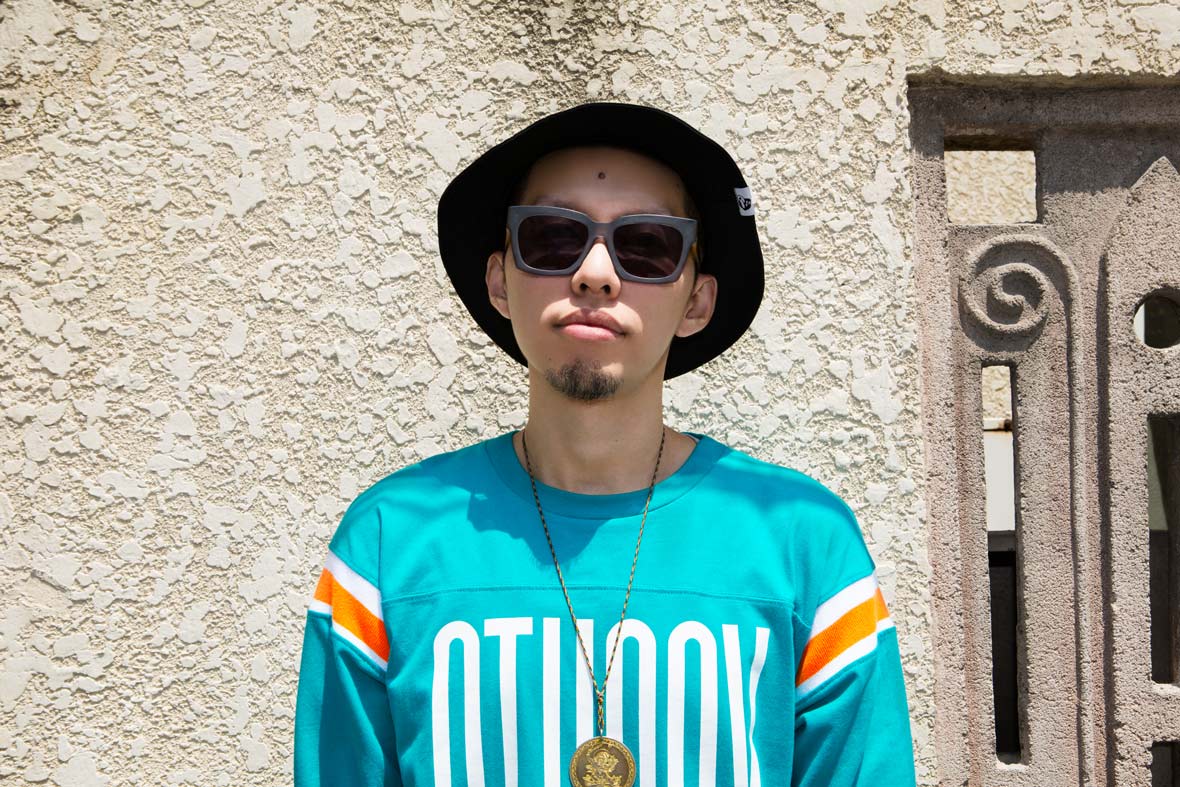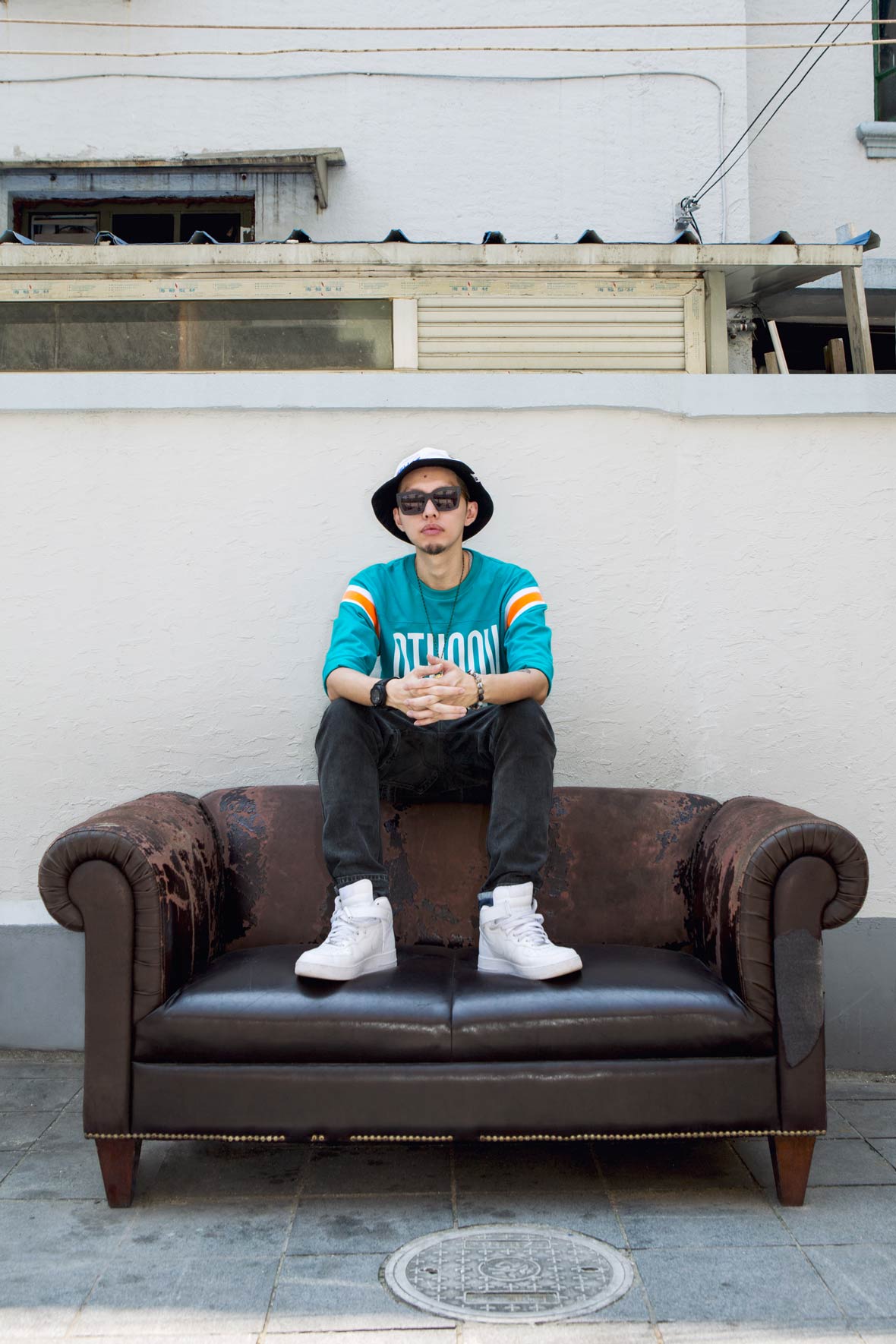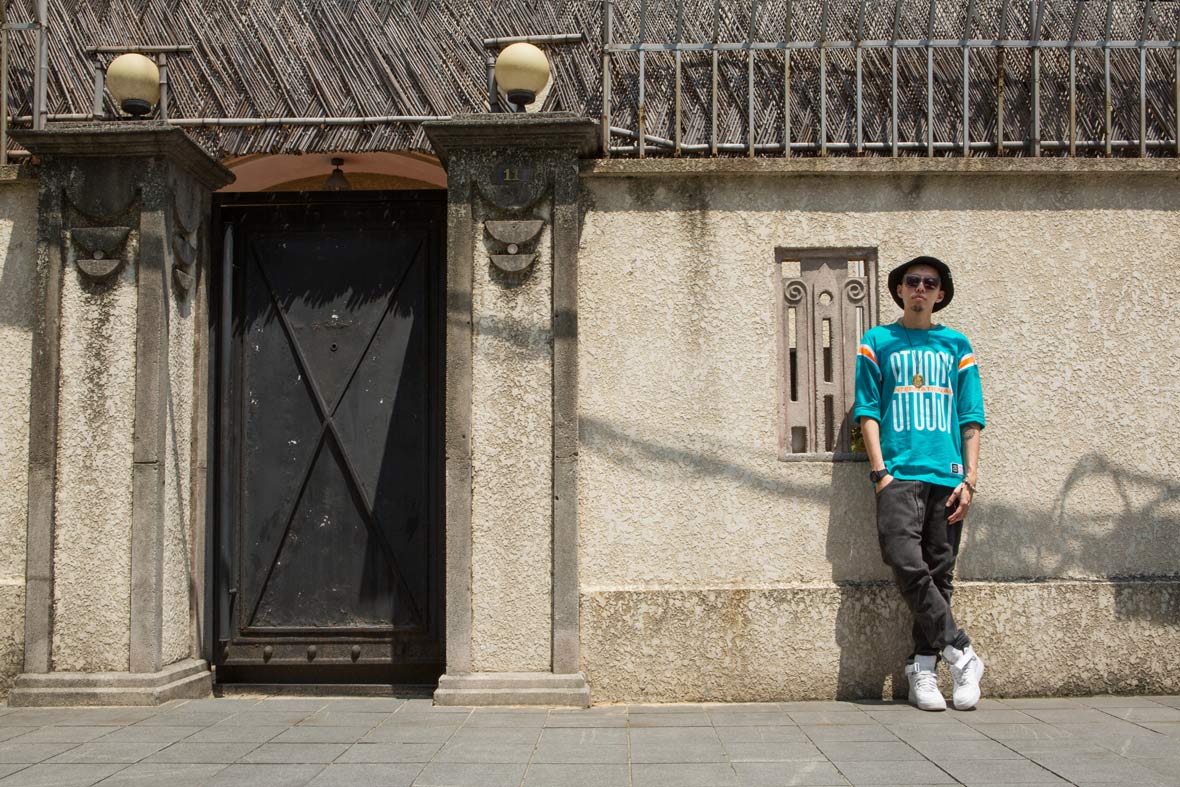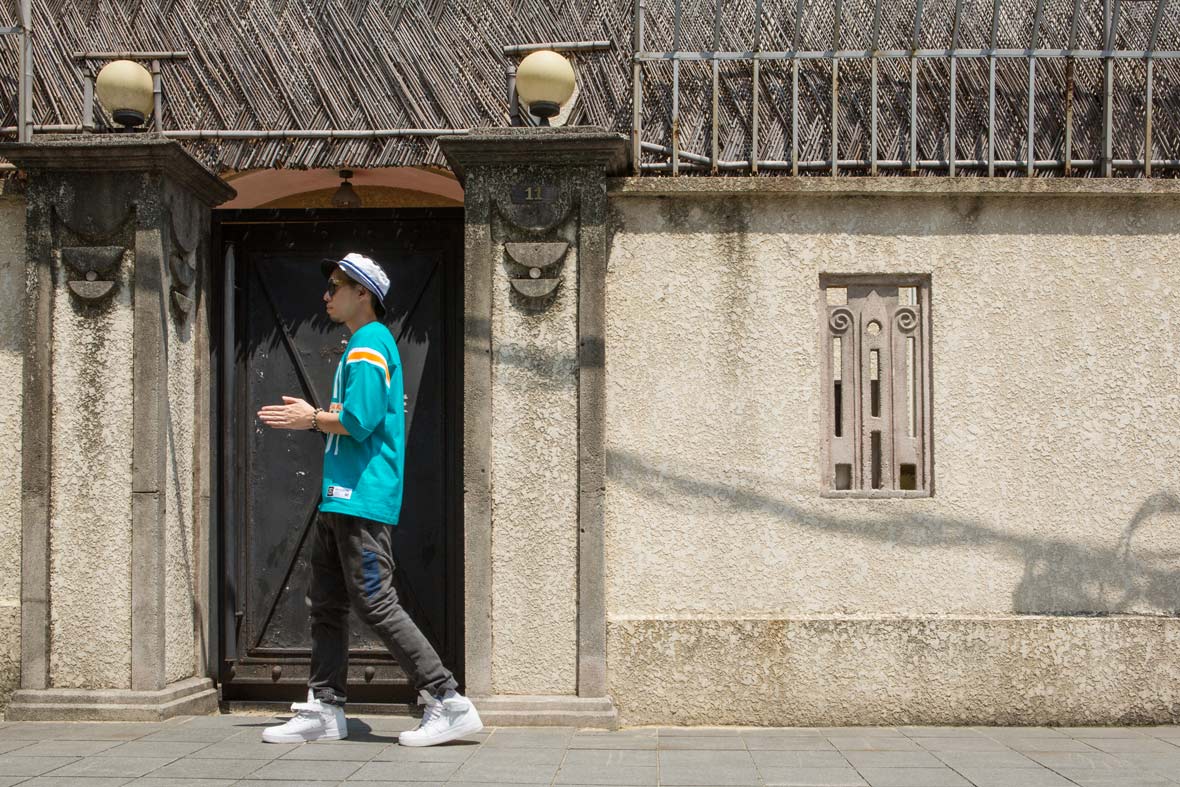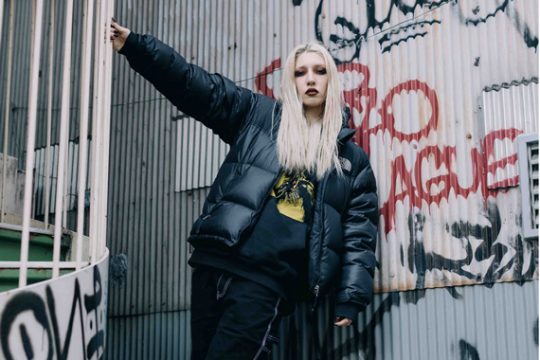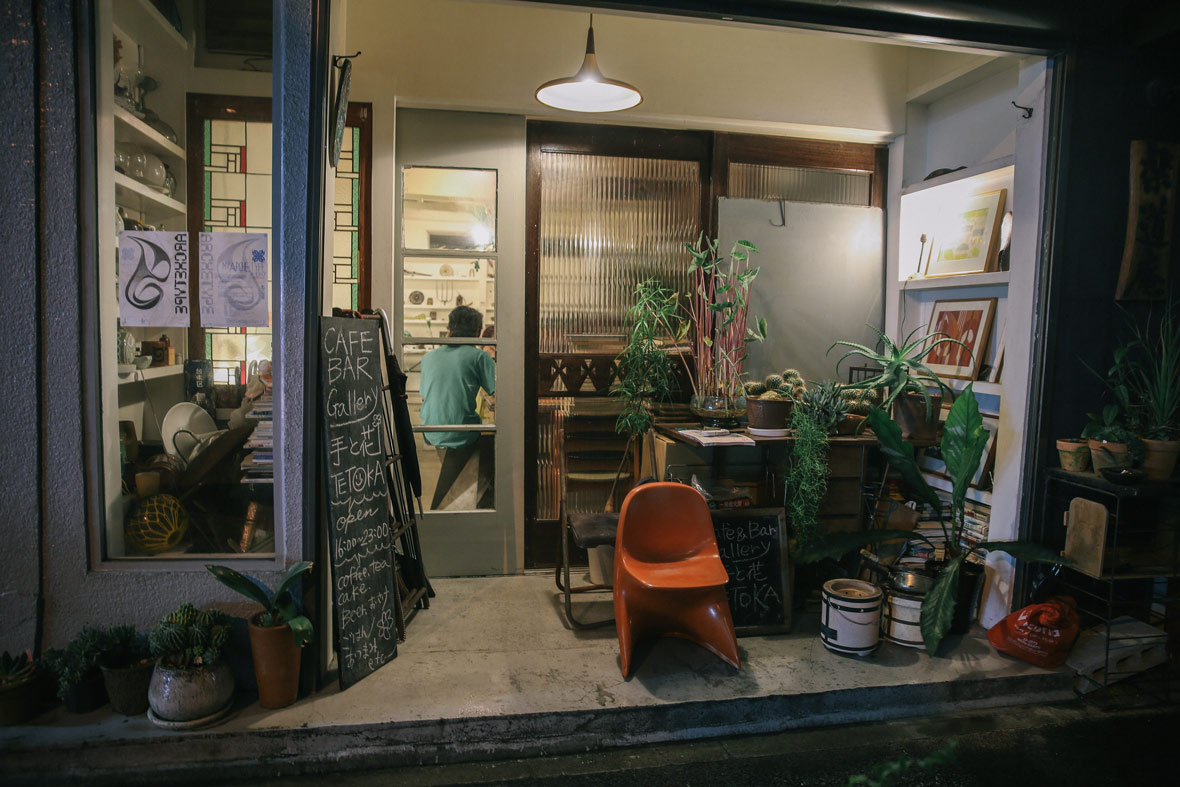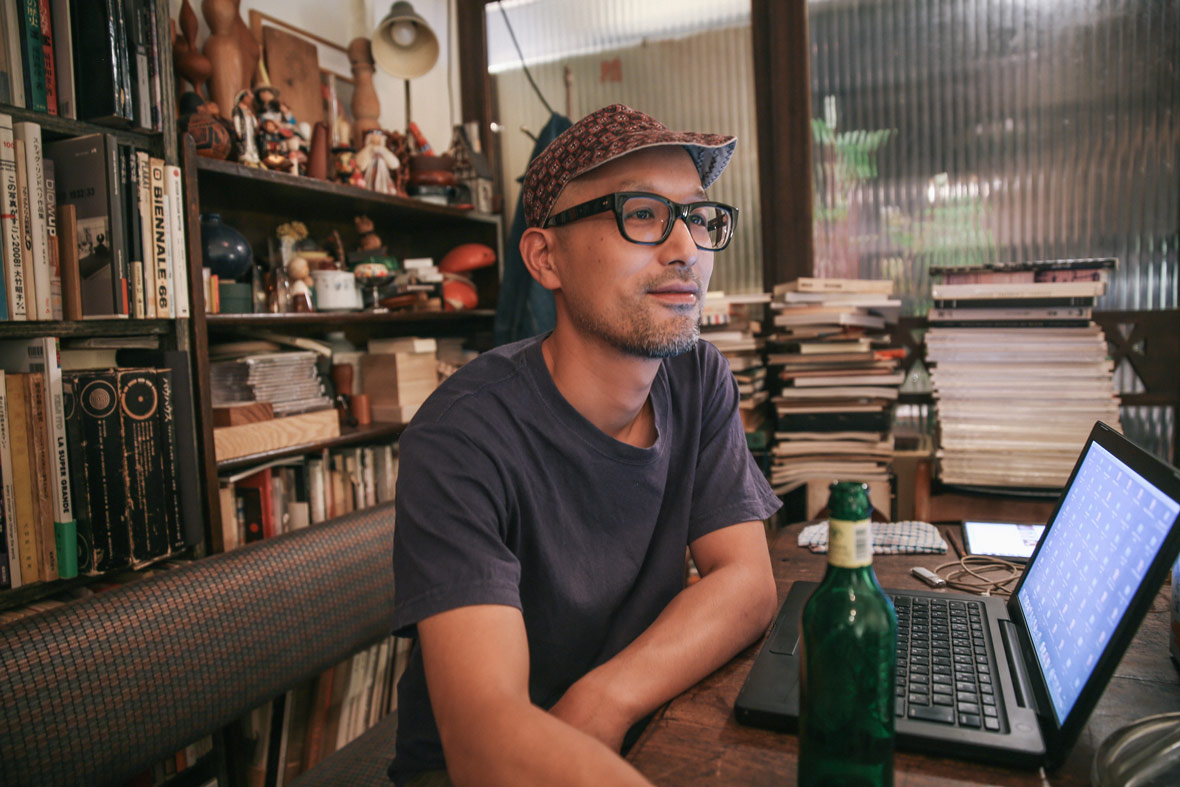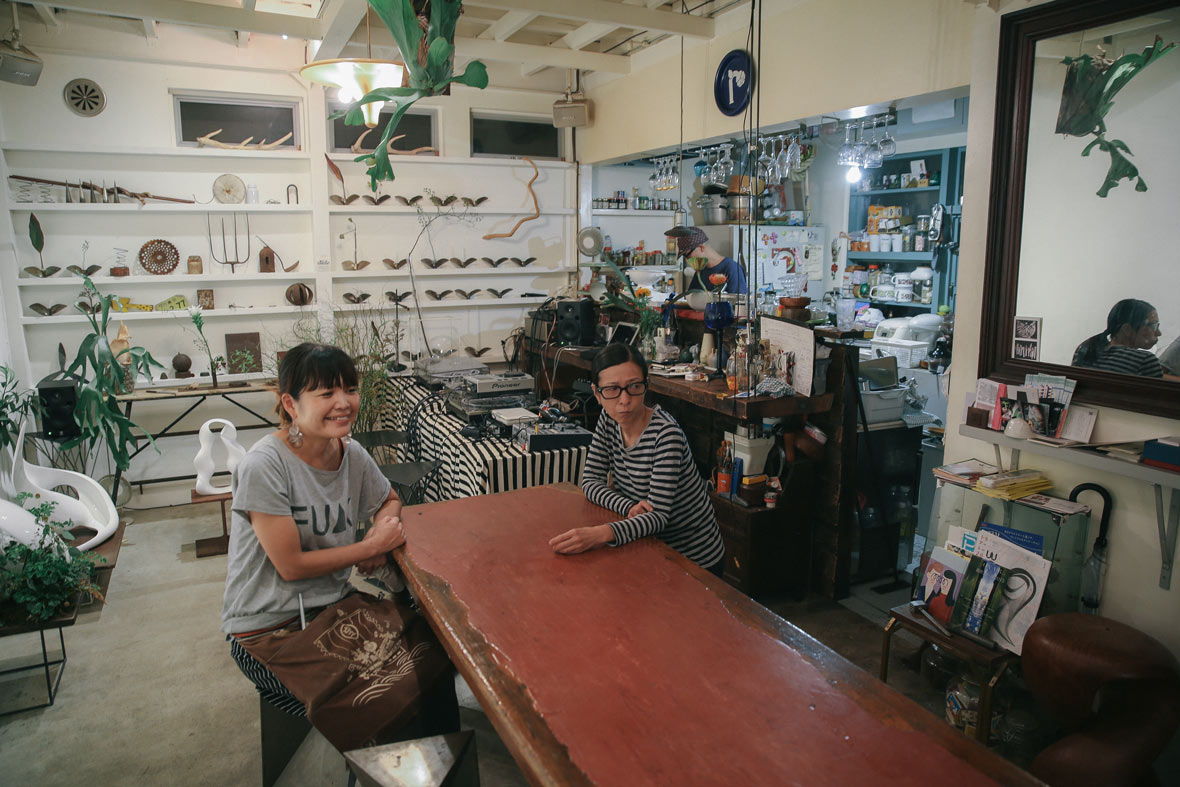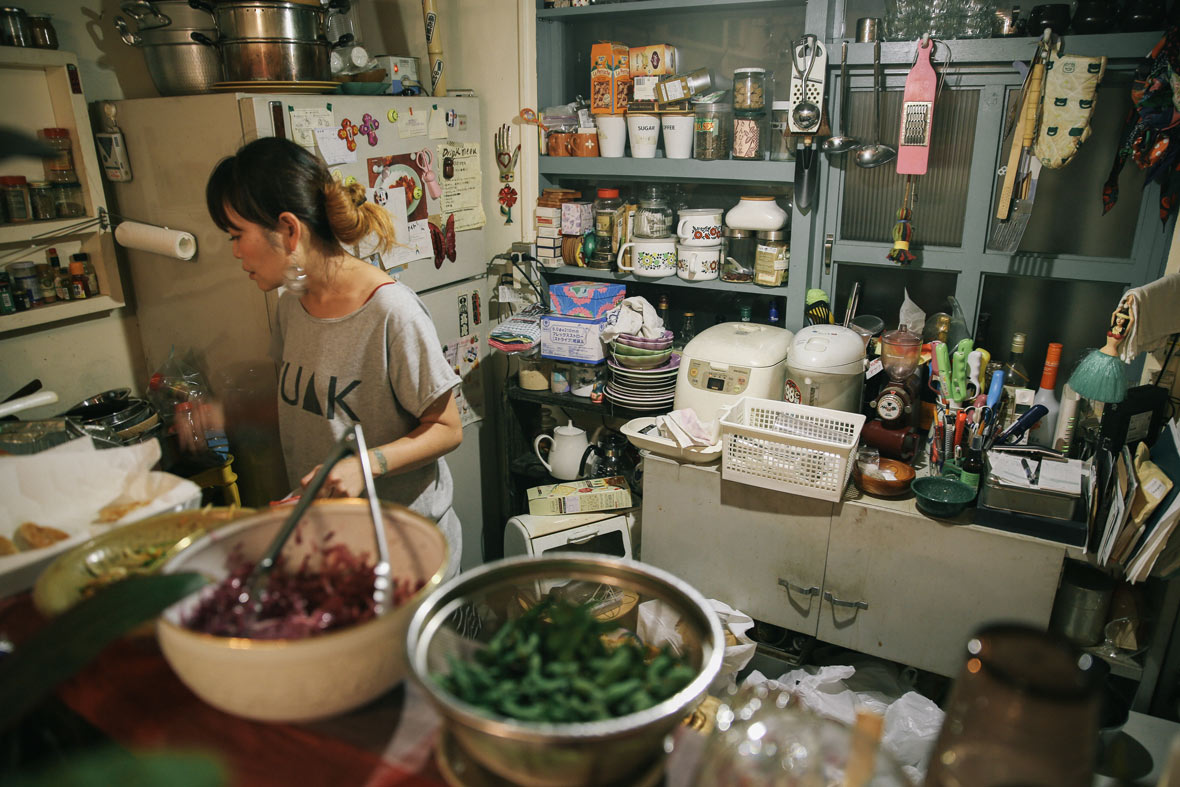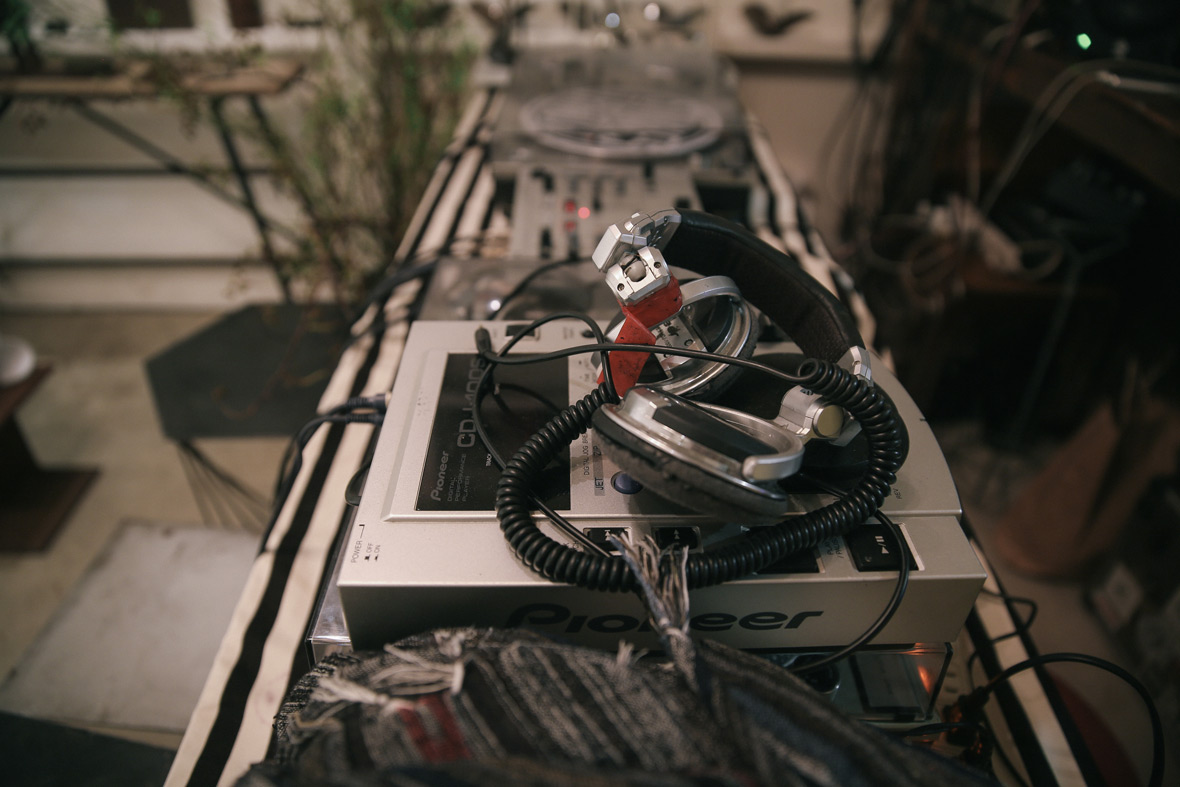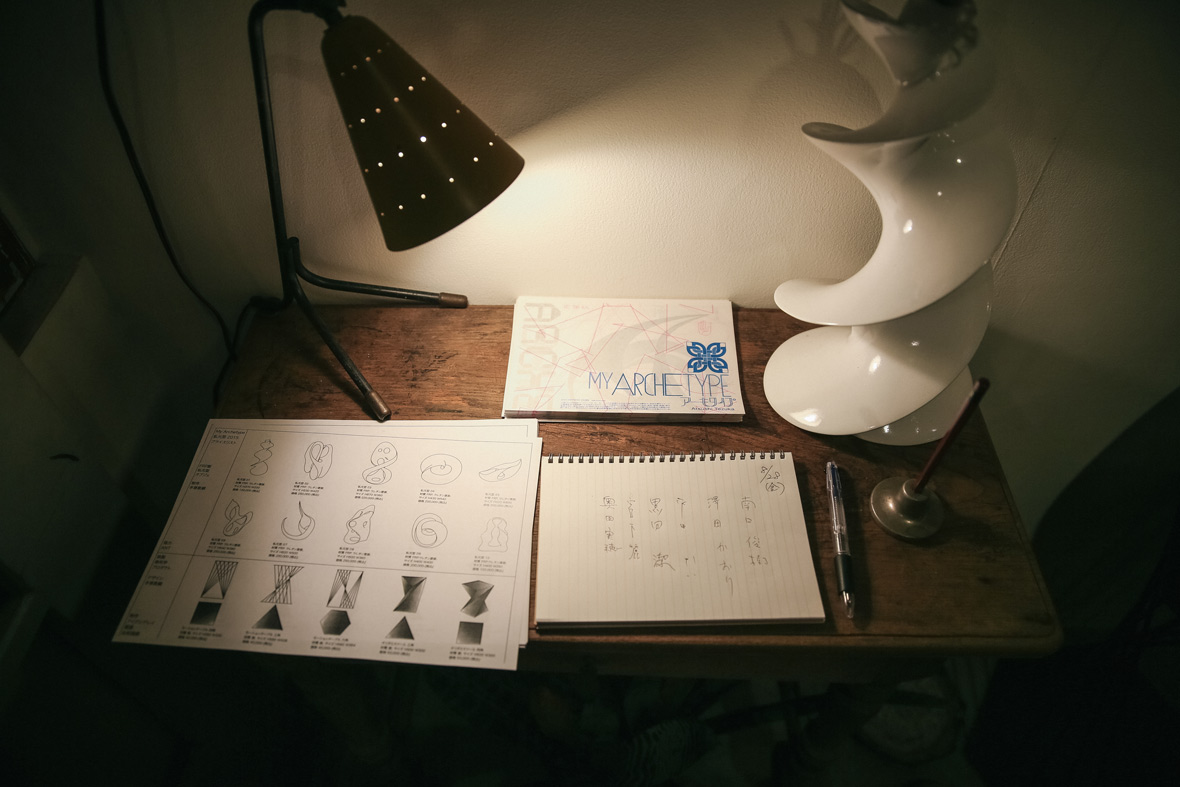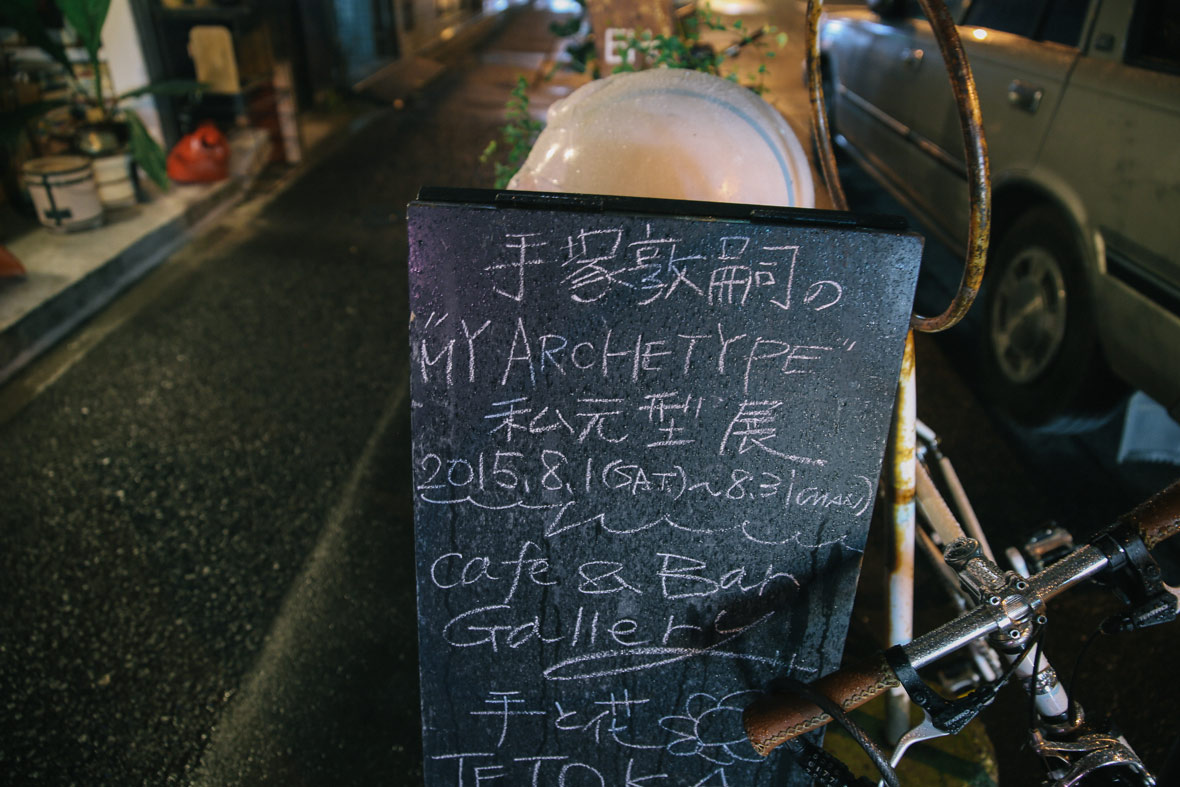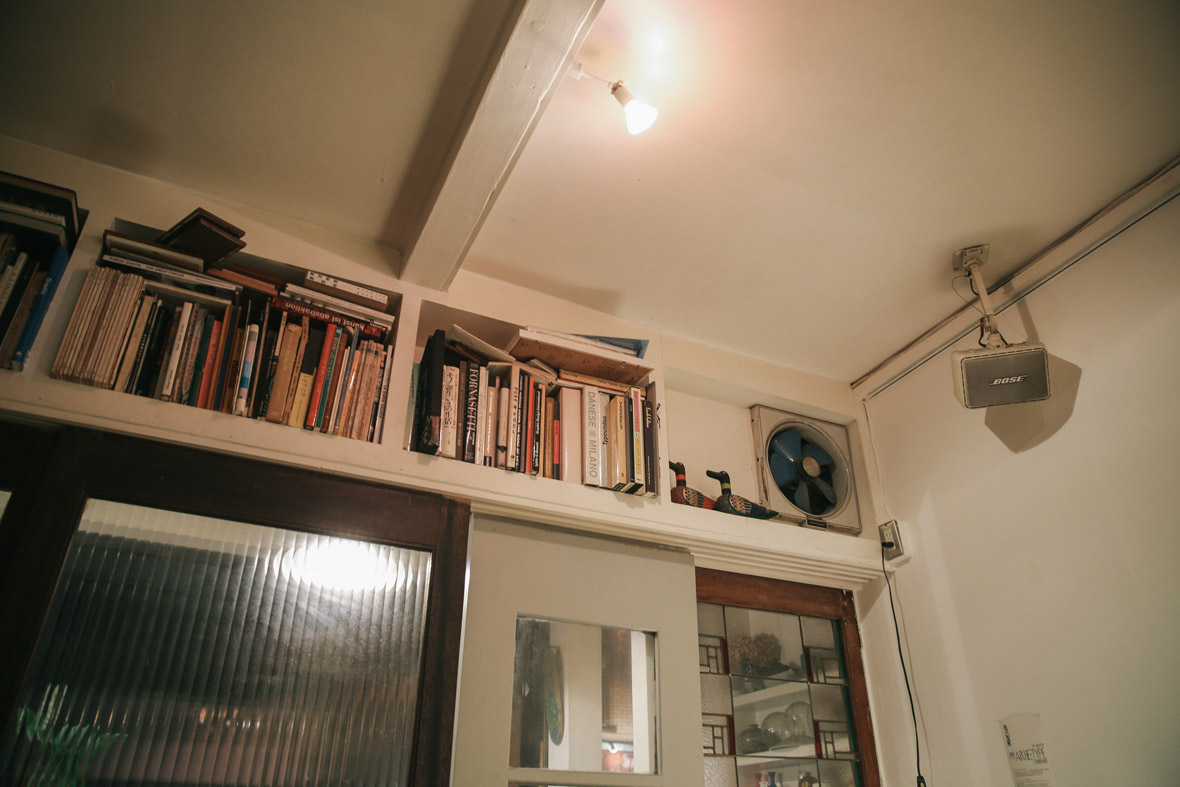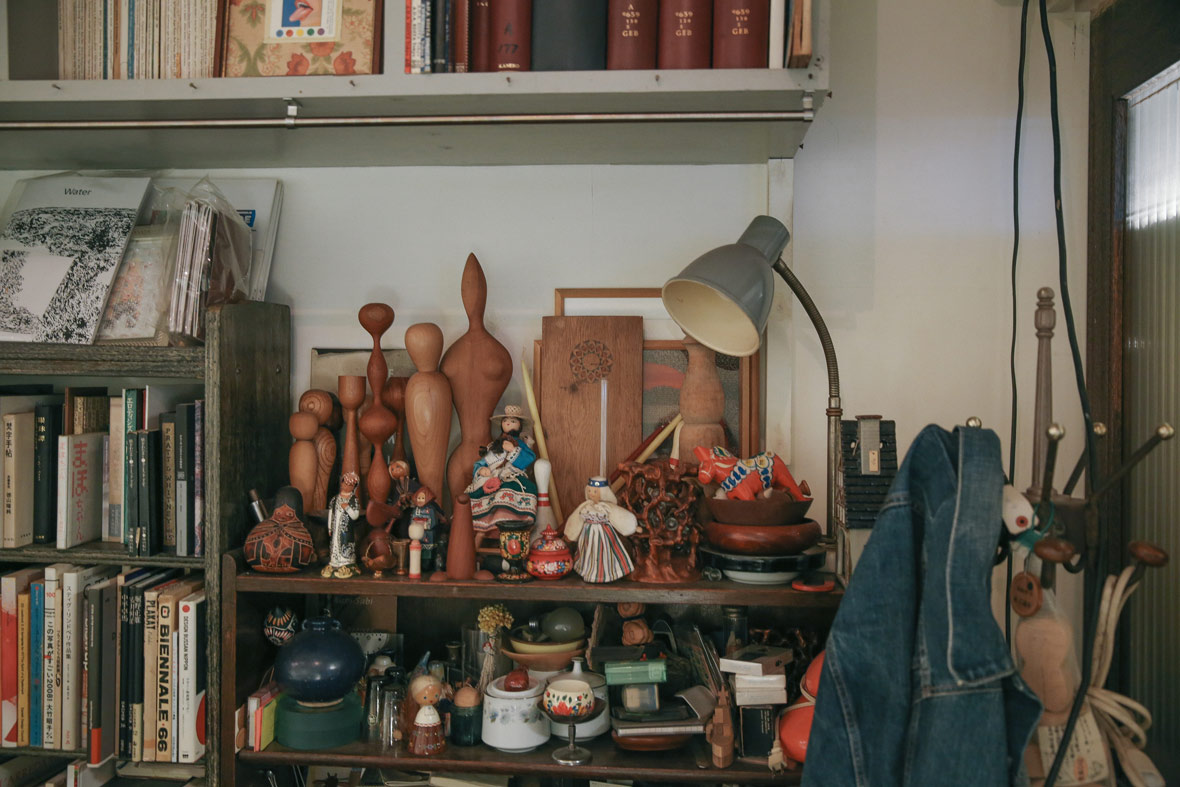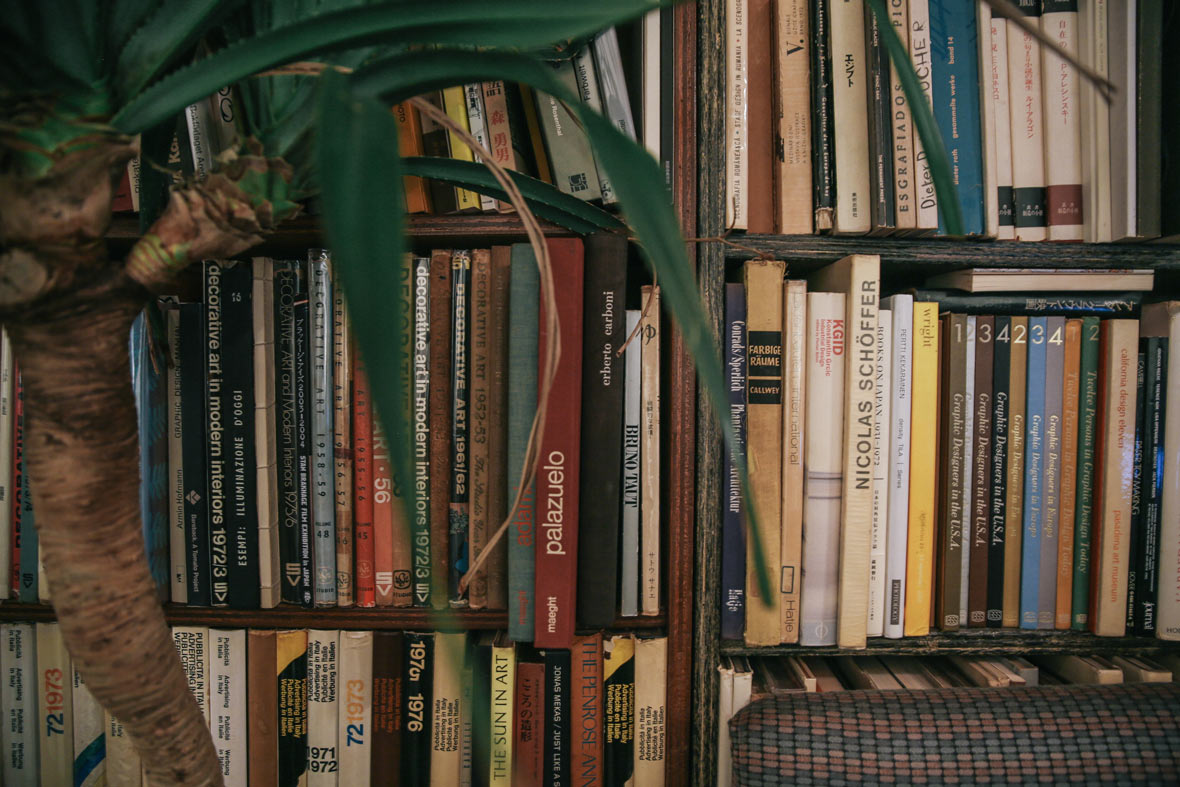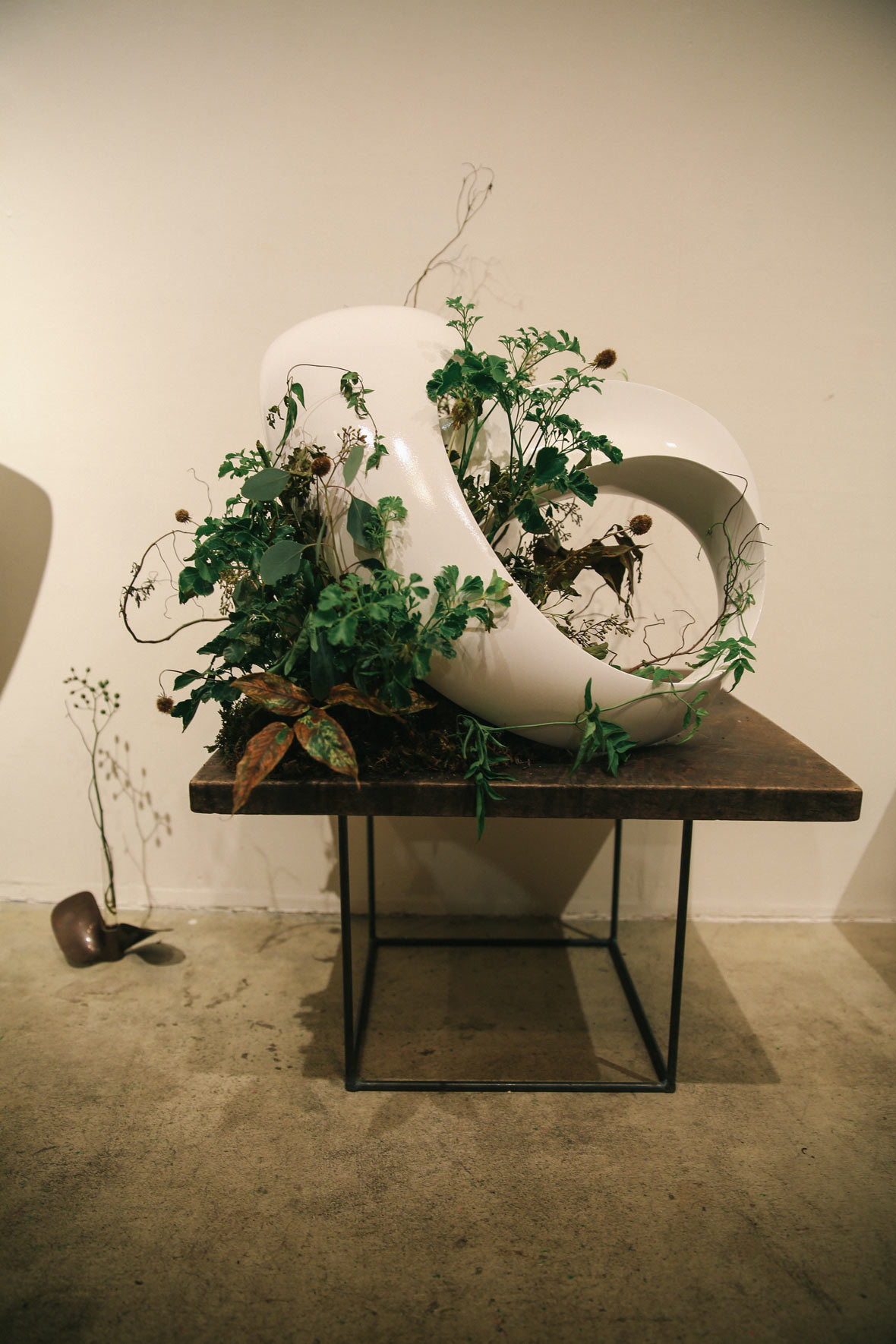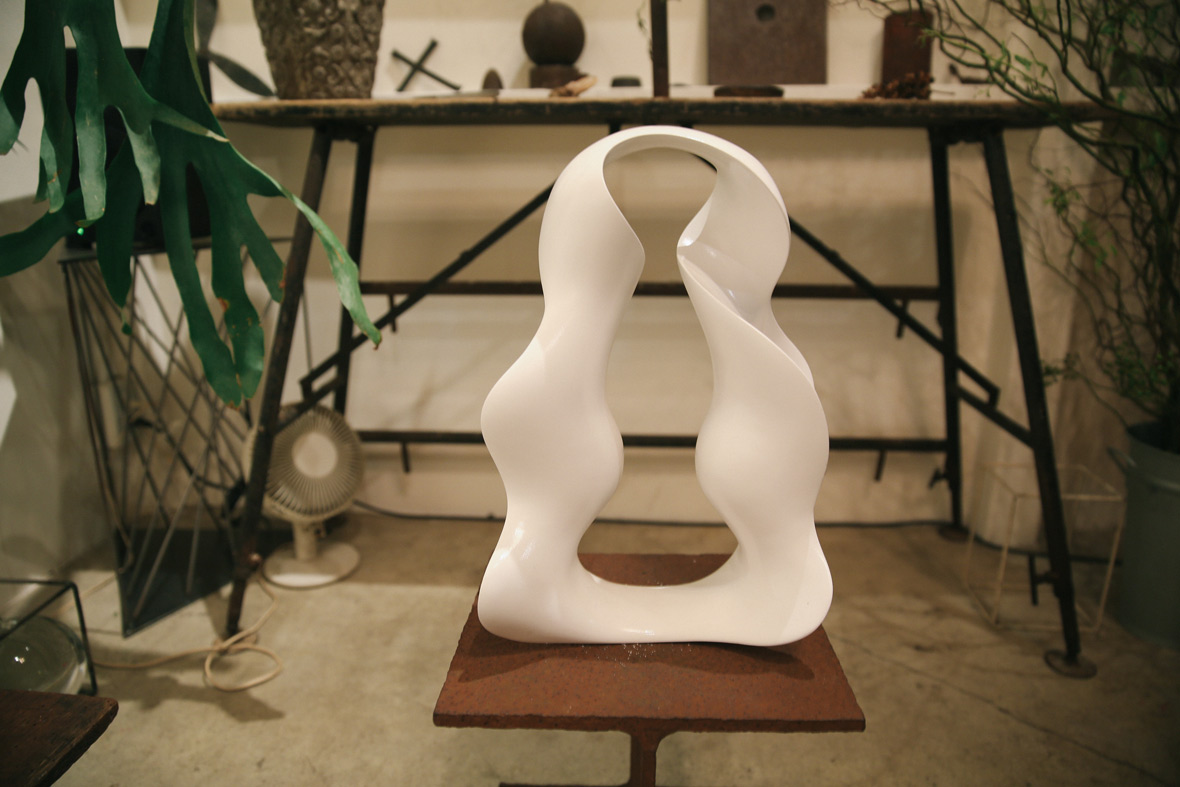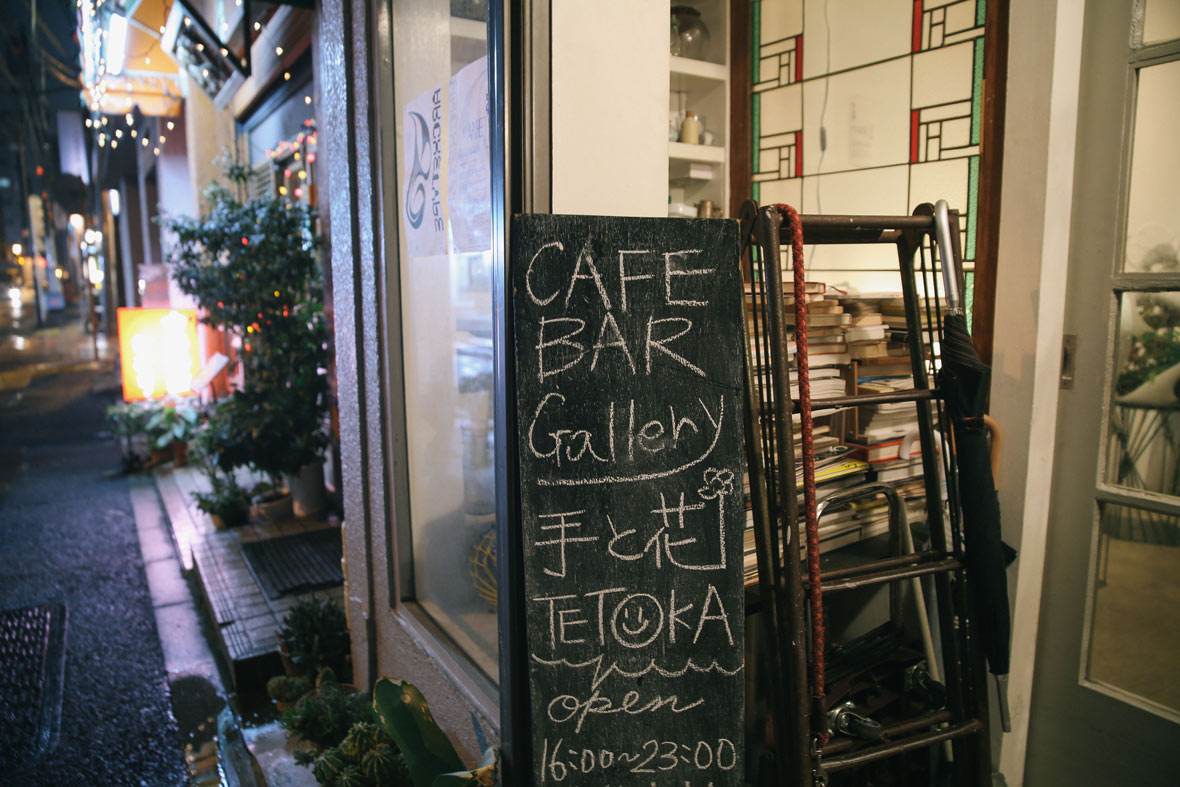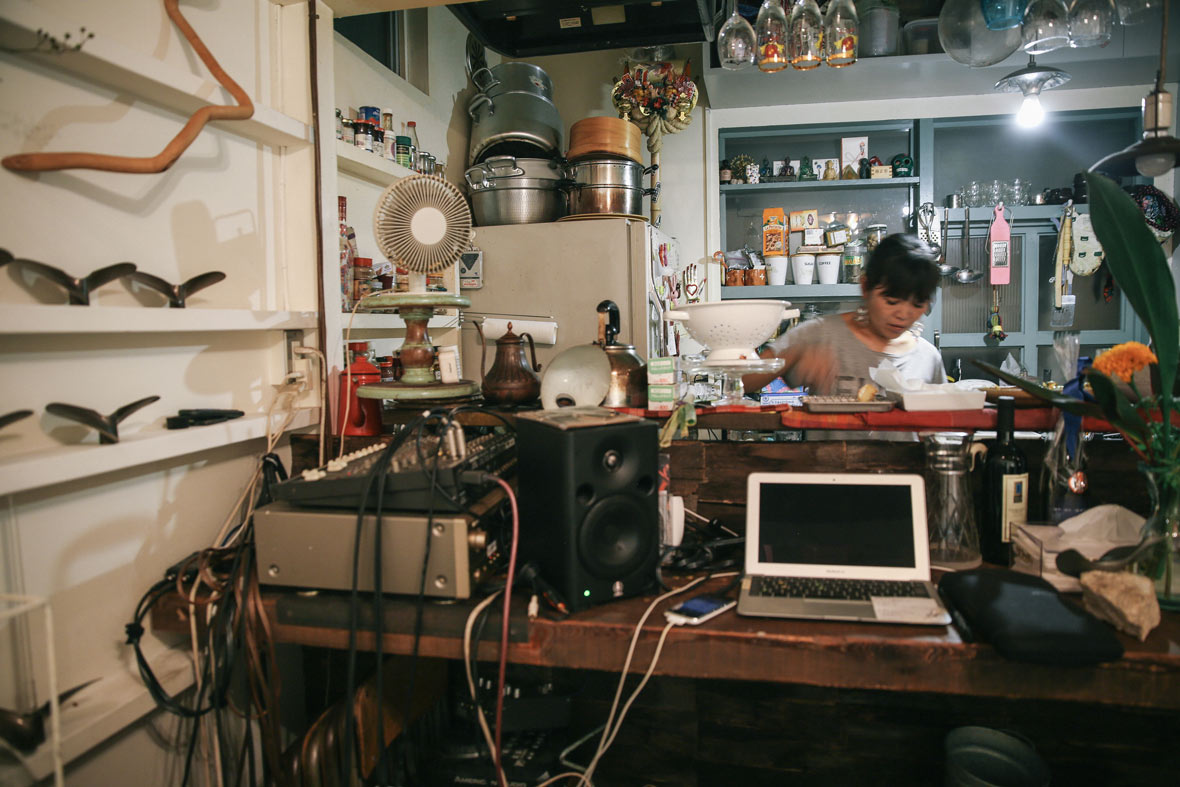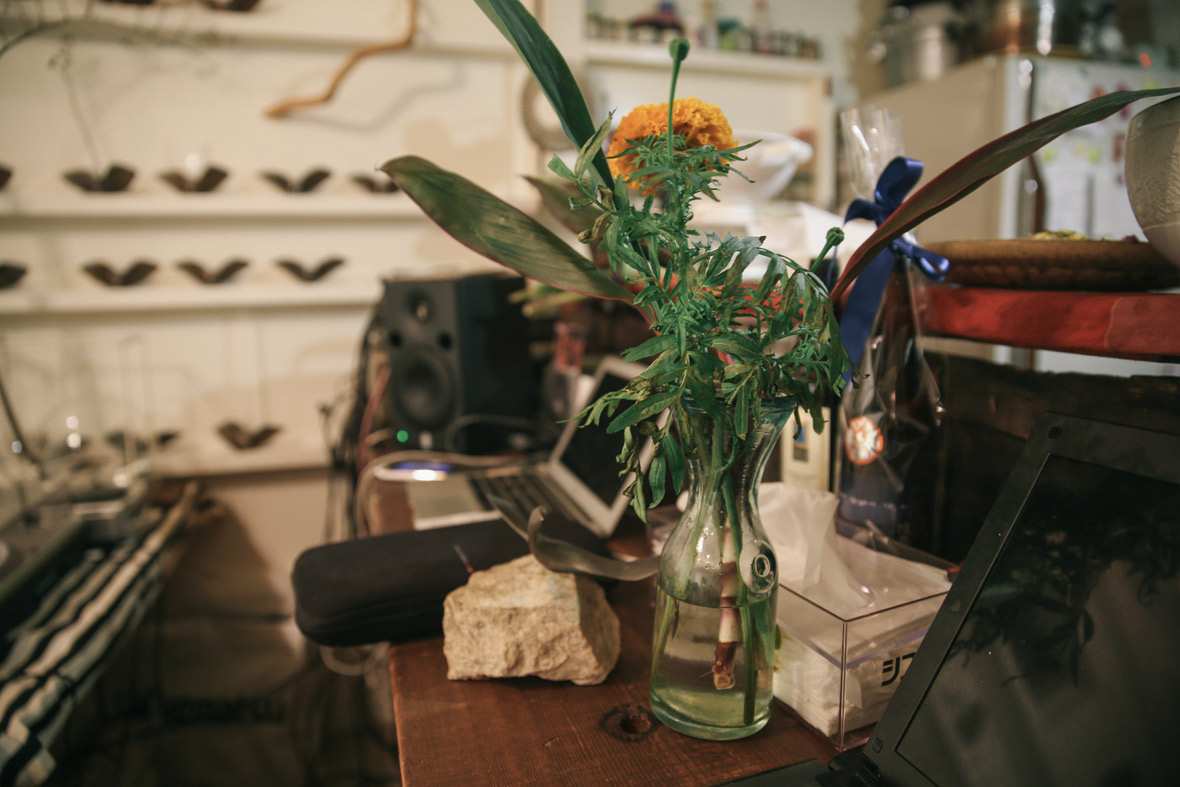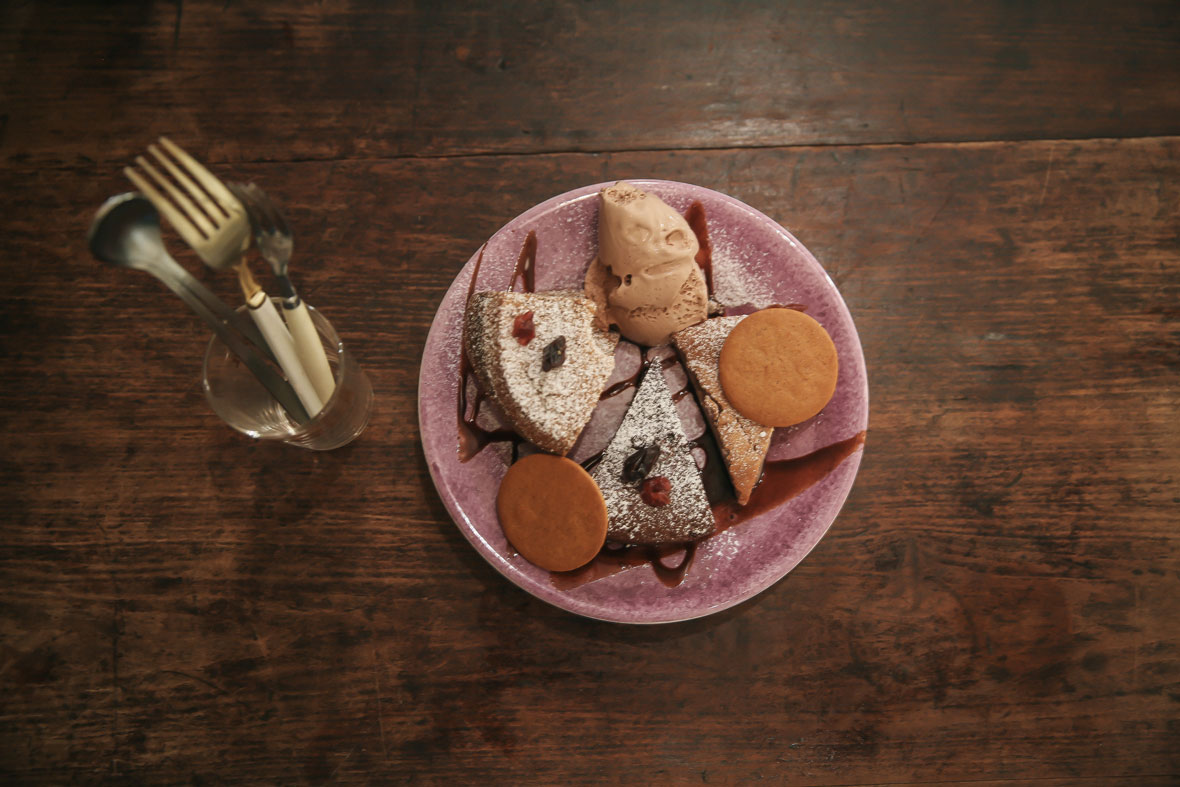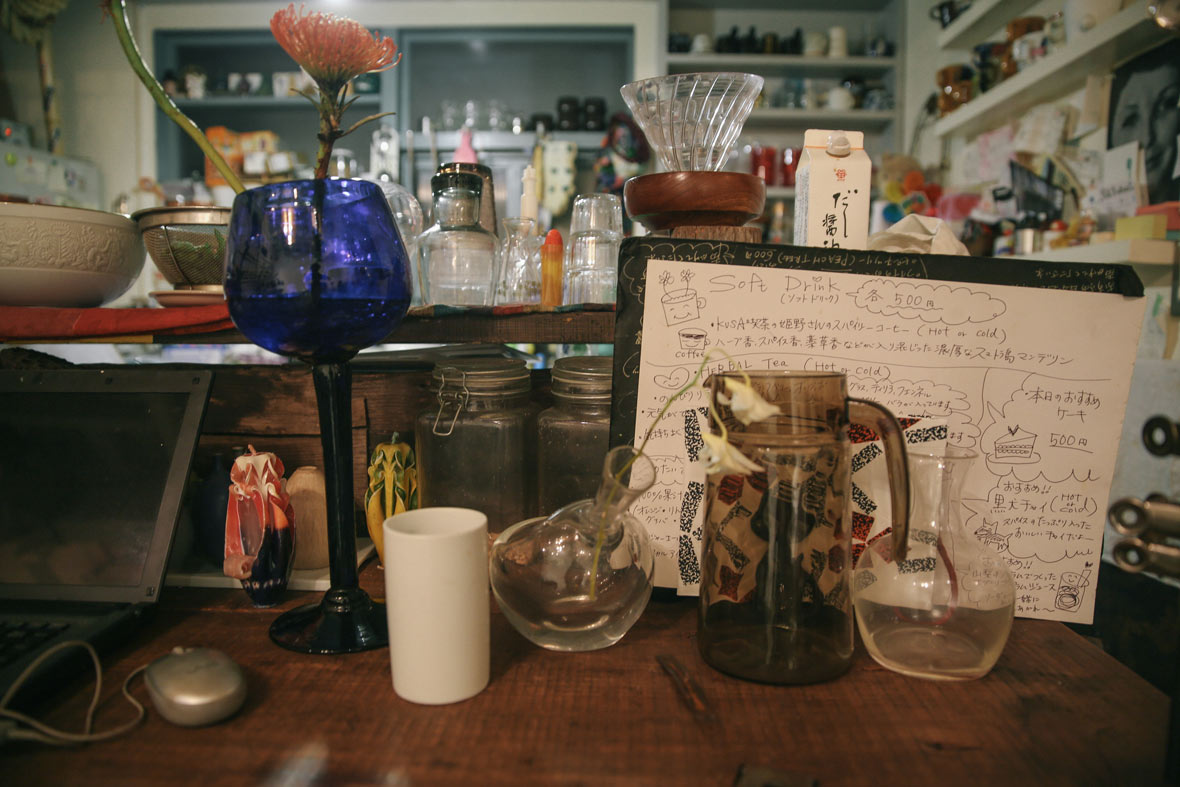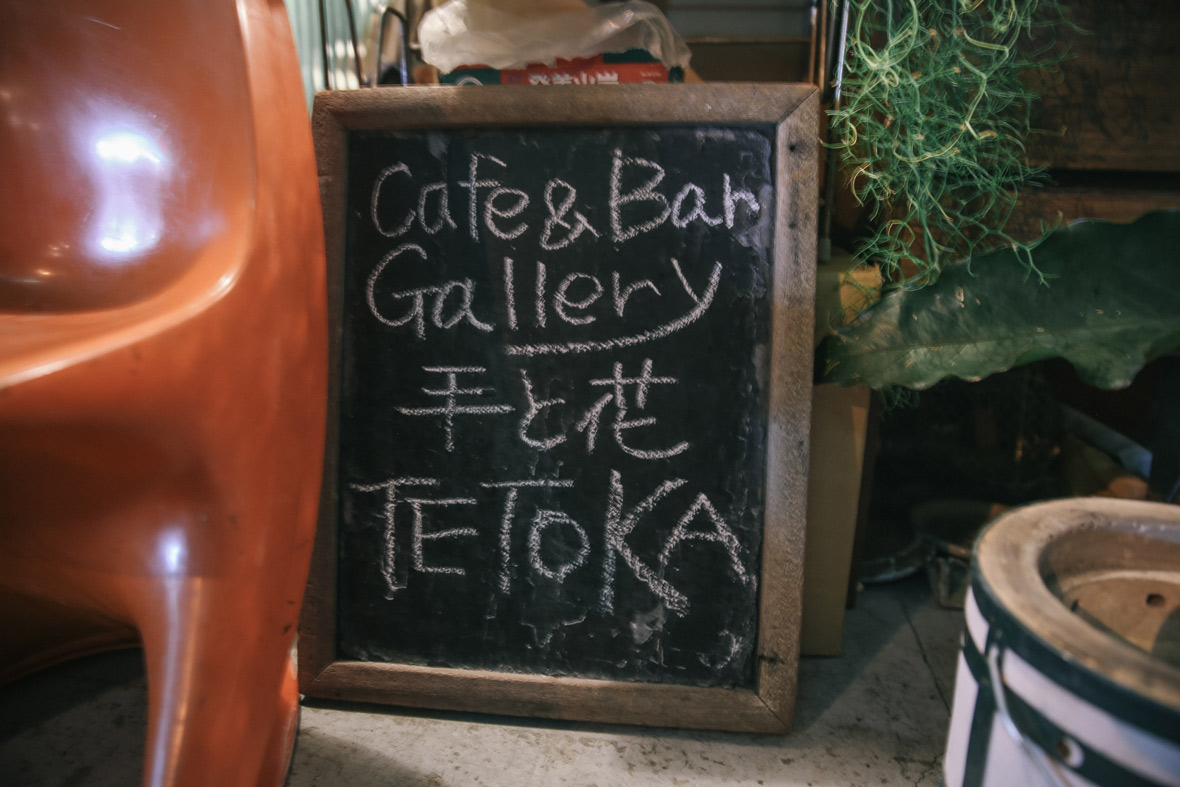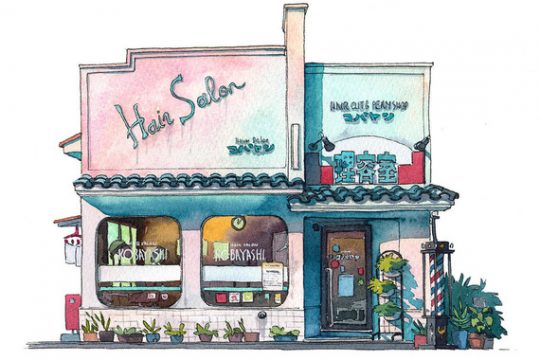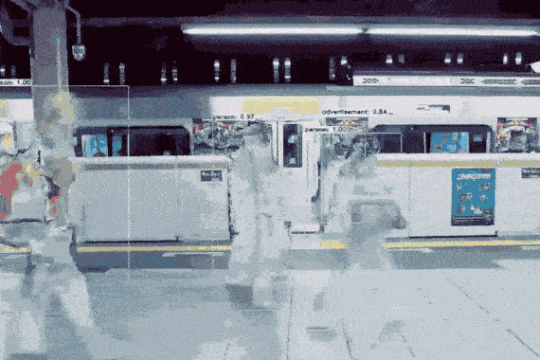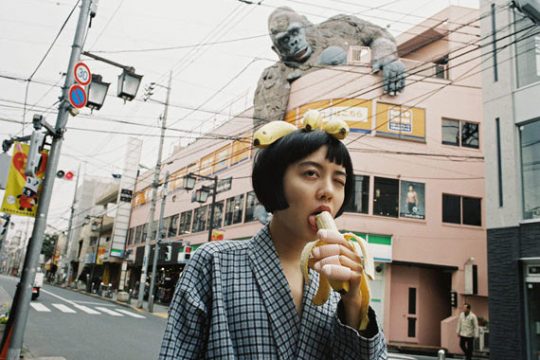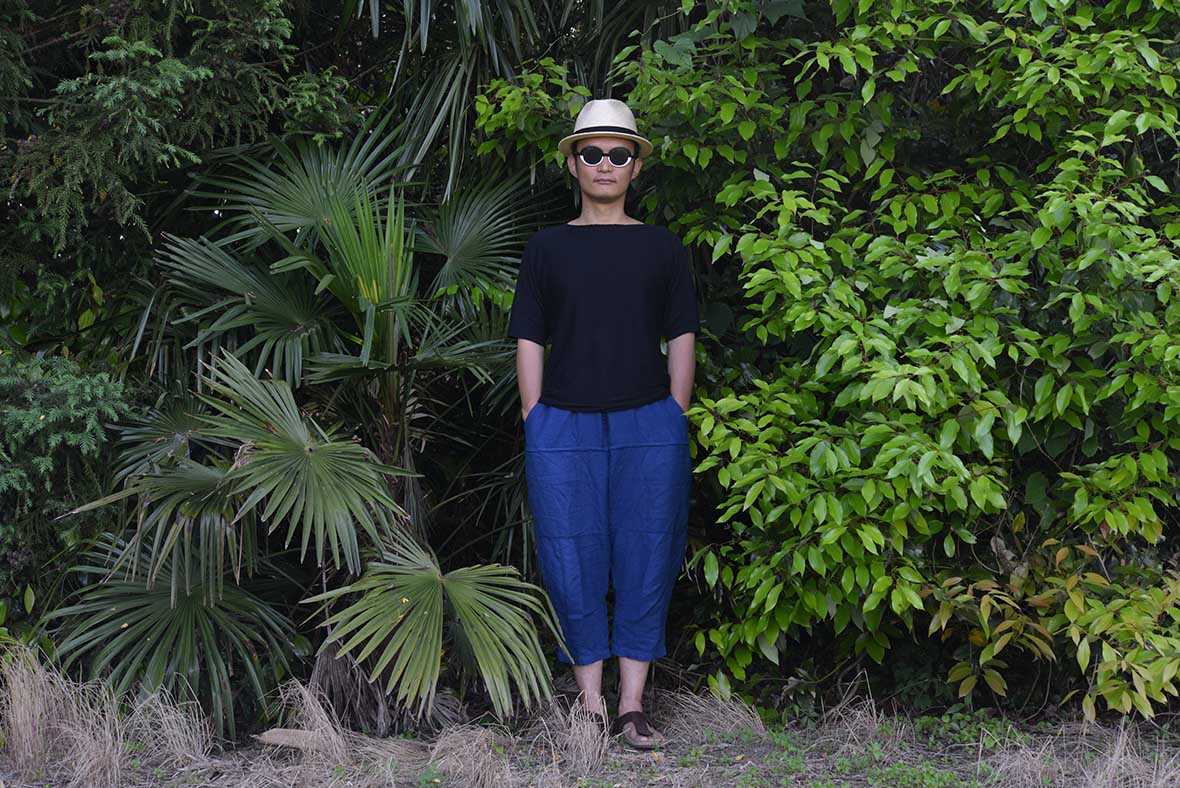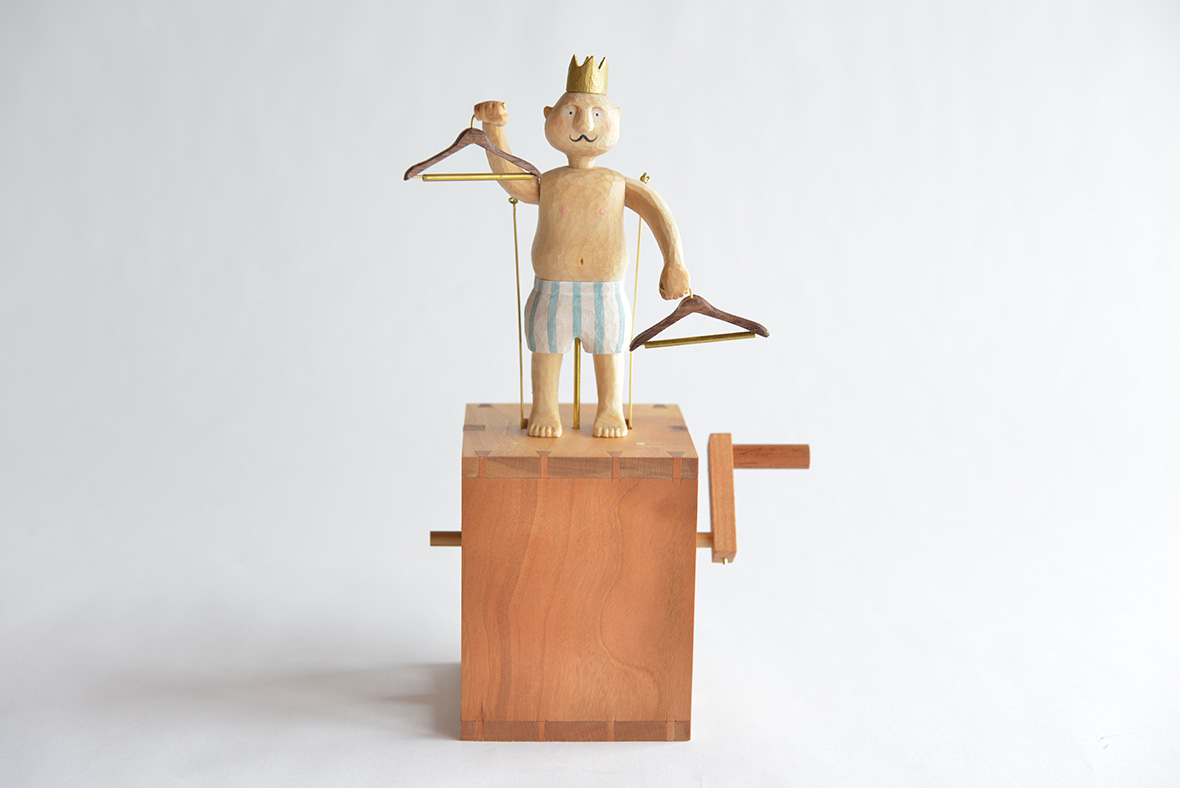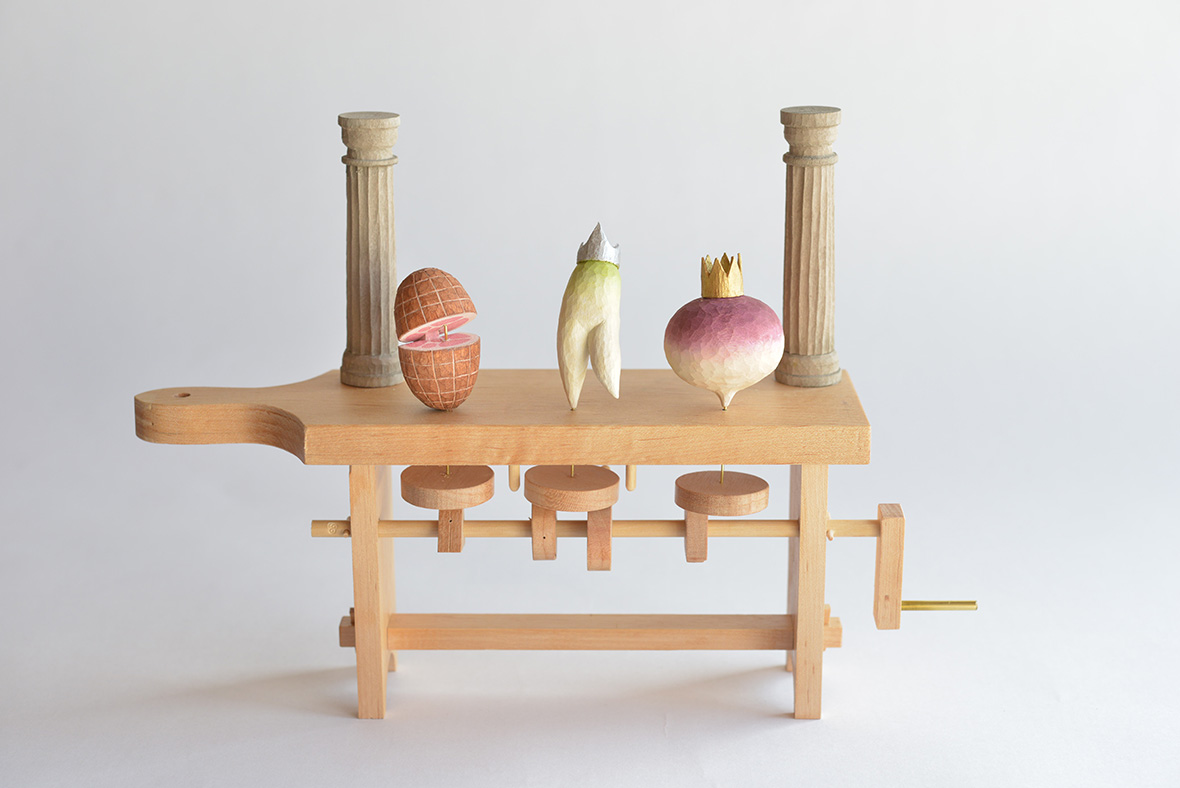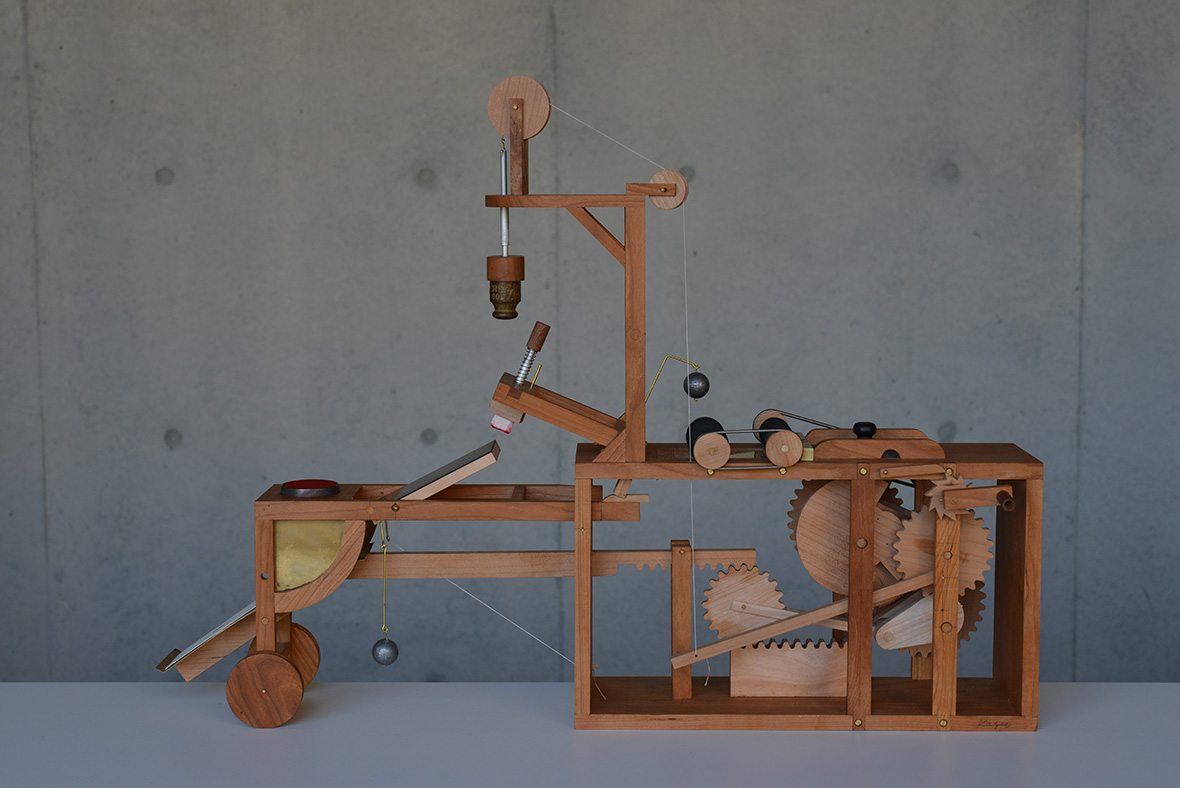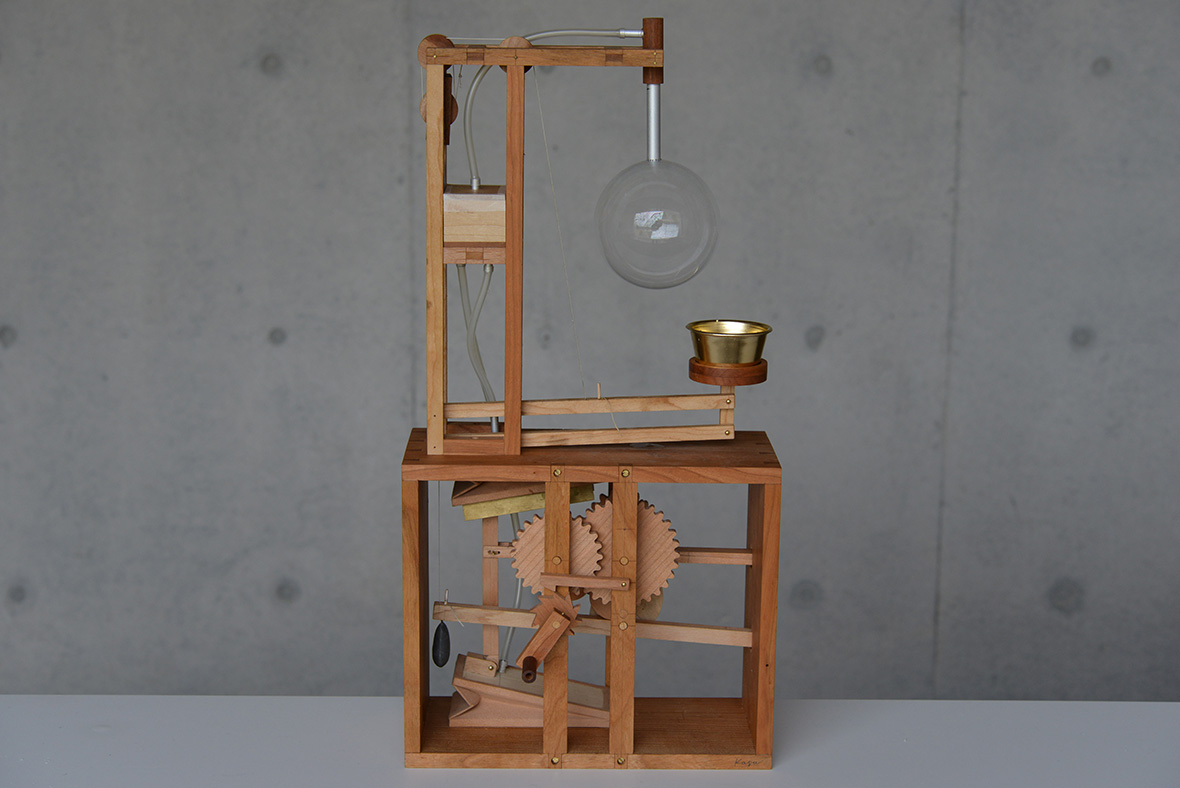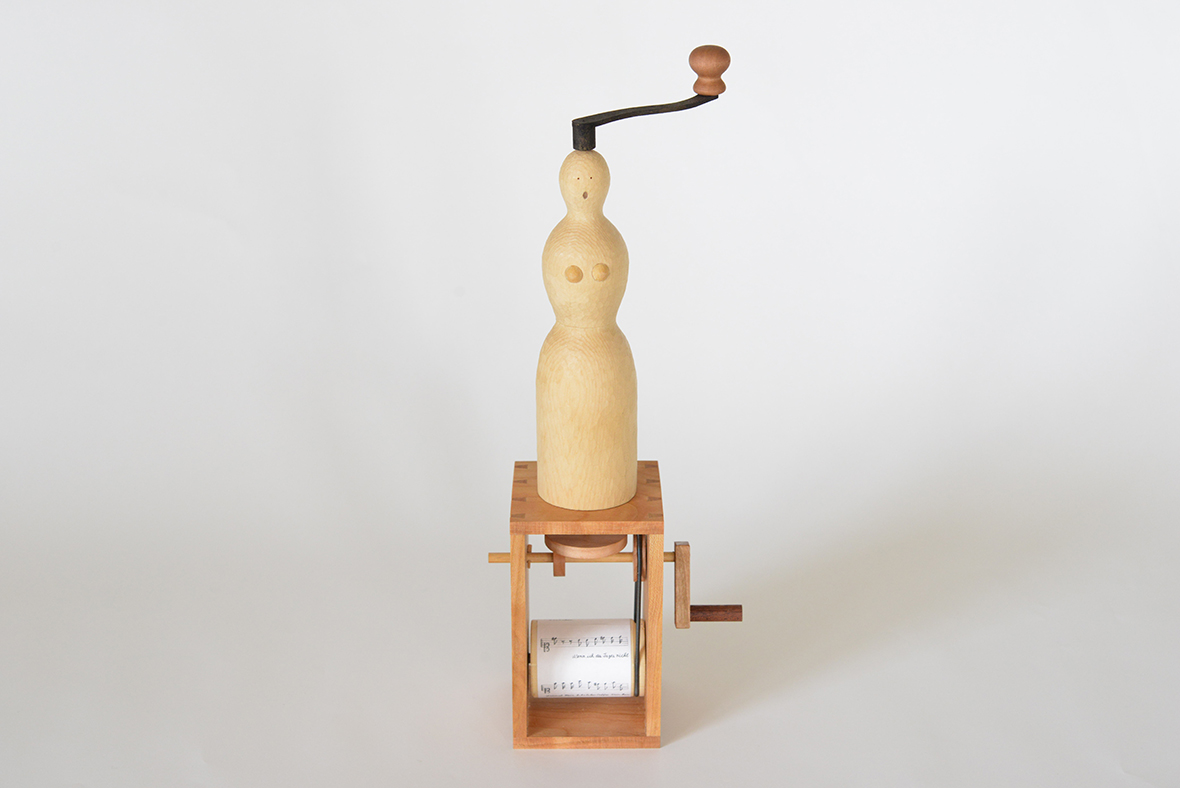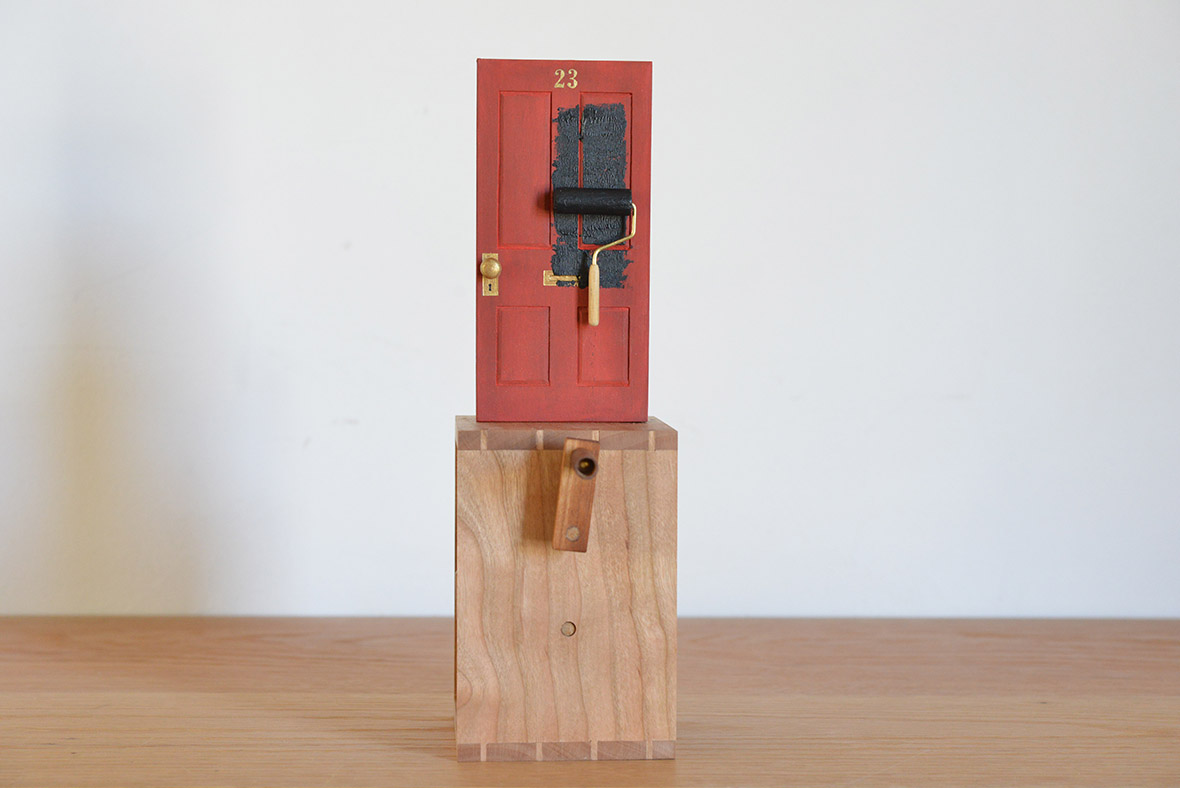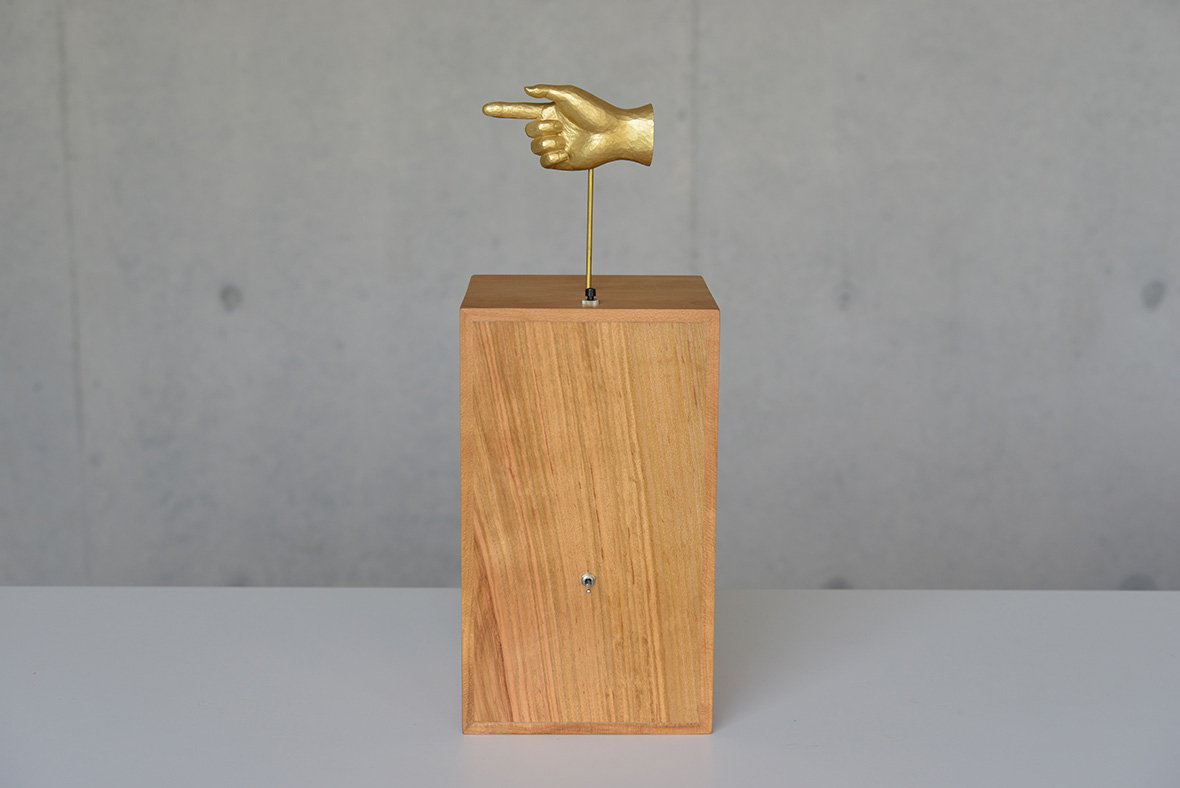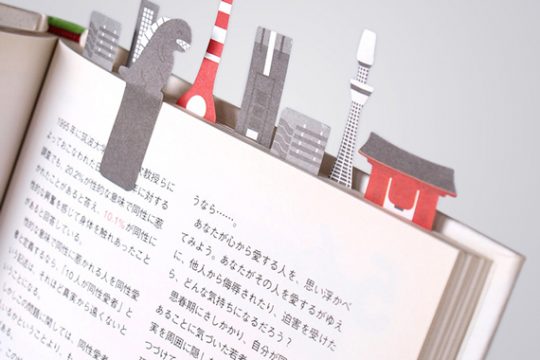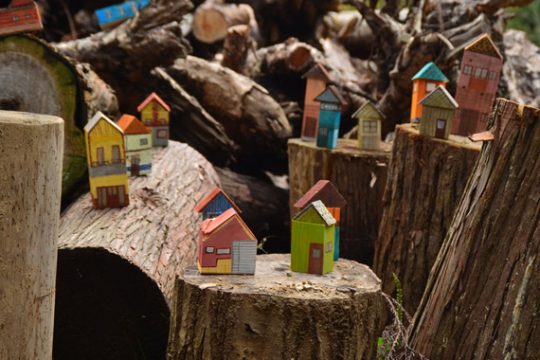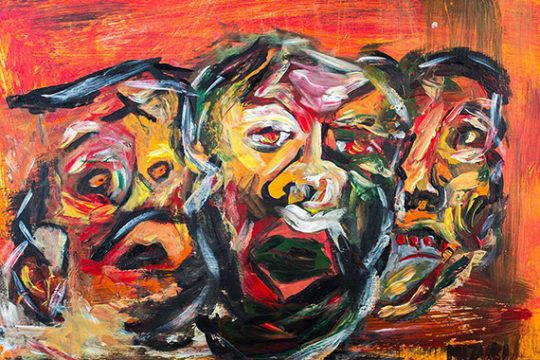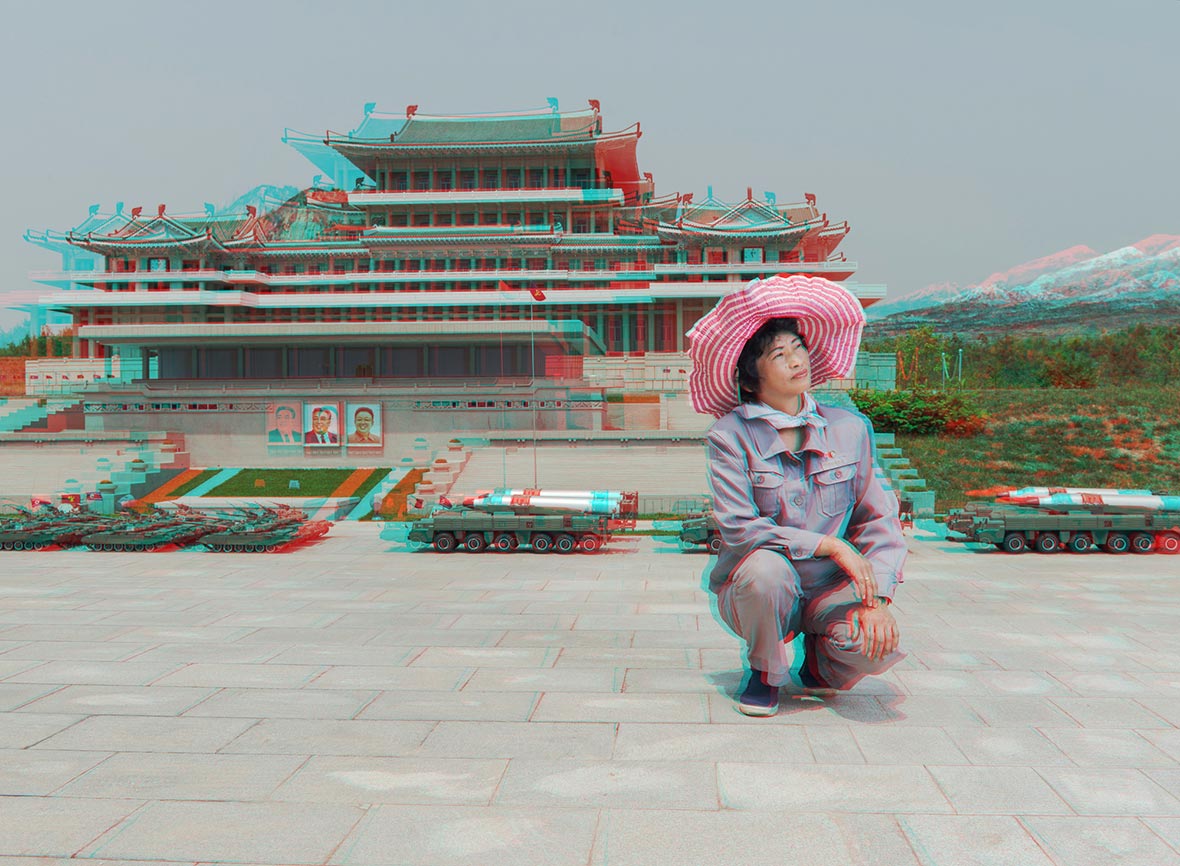
Photographer Matjaž Tančič recently held the first foreign photography exhibition in one of the world’s most inaccessible cities: Pyongyang, North Korea. The show featured his portraits of everyday North Koreans – but in 3D. It was a unique experience for those in attendance, who mostly didn’t have any greater context of photography from the internet and literature to draw from. “North Korea is special – it’s like traveling back in time. Everything was retro, funny lights and colors, like a Wes Anderson film. It was so raw, so different seeing things you will remember forever, meeting people who’ll probably never have a chance to be seen again.”
最近摄影师Matjaž Tančič成为第一个在世界上最难接近的城市之一朝鲜平壤举办个人摄影展的外国人。该展览以3D效果呈现他在朝鲜每天所遇见的人物肖像。对于从没有通过网络和书本了解过摄影的人来说,这是一场独特的体验。“朝鲜这个地方很特别,像是穿越时光一样。一切都很复古,有趣的灯光和颜色,就像Wes Anderson的电影一样。所有东西都那么原生,这种画面你会难以忘记,相遇的人可能从此不会再见。”
An accomplished photographer who studied at the London College of Fashion for Photography, Matjaž grew up in Slovenia, formerly Yugoslavia. Images of political leaders, working brigades, and propaganda have always been familiar. In his trip to North Korea, Matjaž focused on showing ordinary people as much as possible. With the help of North Korean specialists Koryo Studio he spent ten days driving through the entire country, shooting more than 100 portraits.
才华横溢的摄影师Matjaž曾经就读于伦敦时装学院时尚摄影专业,他从小在斯洛文尼亚长大,亦即前南斯拉夫。政治领袖、流水线工作以及政治宣传相关题材是他的摄影作品常见的主题。此次朝鲜之行中,Matjaž想要尽可能多地展现普通人的面貌。在位于朝鲜的专业艺廊Koryo Studio的帮助下,他花了十天穿越这个国家,拍摄了超过100张的人像照片。
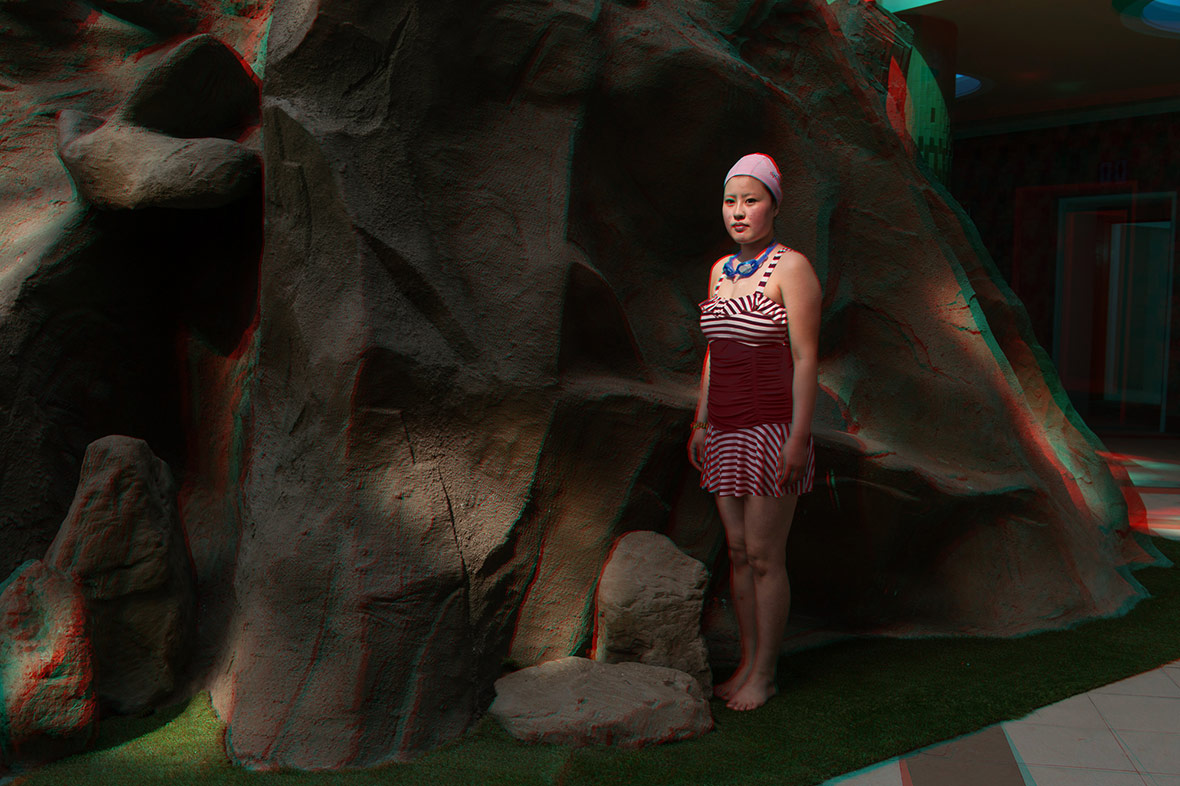
“It was a very intense, by-the-minute schedule. With limited time, you have to think fast, find the location, make sure the light is good, make sure the feeling is right, and stay friendly and curious on top of it all. It was intense and hard, but super rewarding to see something no one has shot before.”
“由于时间紧迫,整个行程基本都在争分夺秒。在有限的时间内,你必须快速思考,快速定位,确认光线,确保整个感觉都对,在这之上还要保持友好和好奇。虽然很赶很艰辛,但能呈现之前从没有人拍过的东西就是最好的回报。”
Students, waitresses, doctors, farmers, athletes, and factory workers all stood as still as possible for the 3D portraits. Using his experience in 3D photography and technique, Matjaž only had 5 – 10 minutes per portrait to nail the shot with one camera. 3D photography is achieved by combining two frames (one for the left eye, and one for the right eye) with two identical cameras or with a slider. It is very exacting and can be difficult to compose in this way, especially under challenging conditions and situations.
在拍摄3D肖像时,学生、服务员、医生、农民、运动员以及工厂工人都要尽可能站稳不动。以Matjaž的3D拍摄经验和技术,他只需一台相机、花上5到10分钟就能完成一幅肖像。3D摄影是两张画面的结合——一张给左眼看一张给右眼看——你可以用两个相同的相机也可以用一个滑轨完成。这是一次严谨且艰巨的创作任务,特别是在这种极具挑战性的环境下。
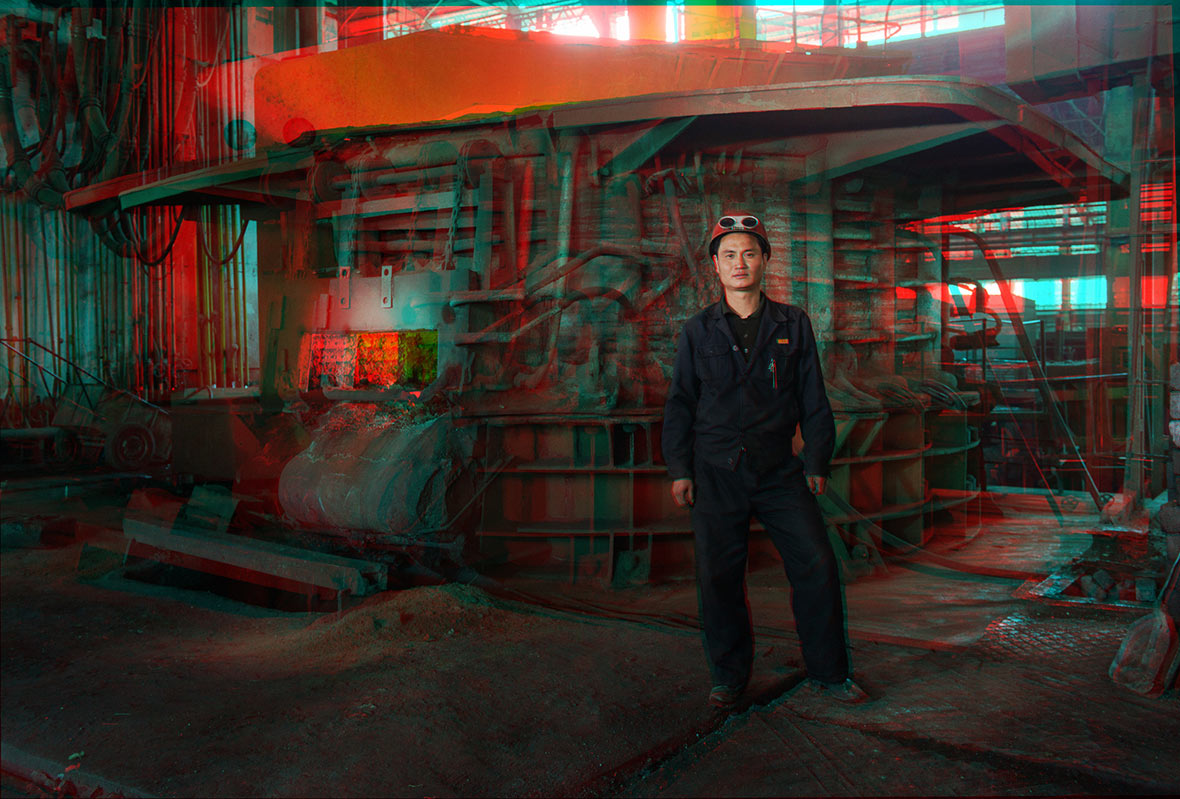
Shooting in 3D is often seen as a gimmick, Matjaž says – but it can also add more value to your subject. It depends on the selection and the craft of the story. Matjaž, who is based in Beijing, previously shot a photo series in Yixian, Anhui Province in China entitled Timekeepers. Using 3D photography, he made diptychs of villagers in their remote, traditional homes. In one frame is a portrait of the villagers in their living room. In the other is a still-life of their possessions, which included a clock in every home, leading to the title Timekeepers. In 3D, the sense of personal life, personal space, and personal objects is heightened. Every object and detail is greatly emphasized.
Matjaž说,3D摄影可以被看成是一个噱头,但是它也可以向你的作品注入更多价值,这完全取决于你对故事的筛选以及制作的精良程度。目前定居北京的Matjaž之前在中国安徽省黟县拍摄过一个名为“时间纪录者”的系列作品,他用3D技术拍摄了当地村民偏僻且传统的家。他在每个村民家拍摄2张照片,一张是村民在自家客厅中的肖像照,另一张是在房子里的静物照,照片中每户人家的客厅条桉上都有一个钟,这也是他将这个拍摄项目命名为“时间纪录者”的由来。在3D效果下,个人生活、私人空间以及个体的感官都被加强了,每个物体和细节都被凸显出来。
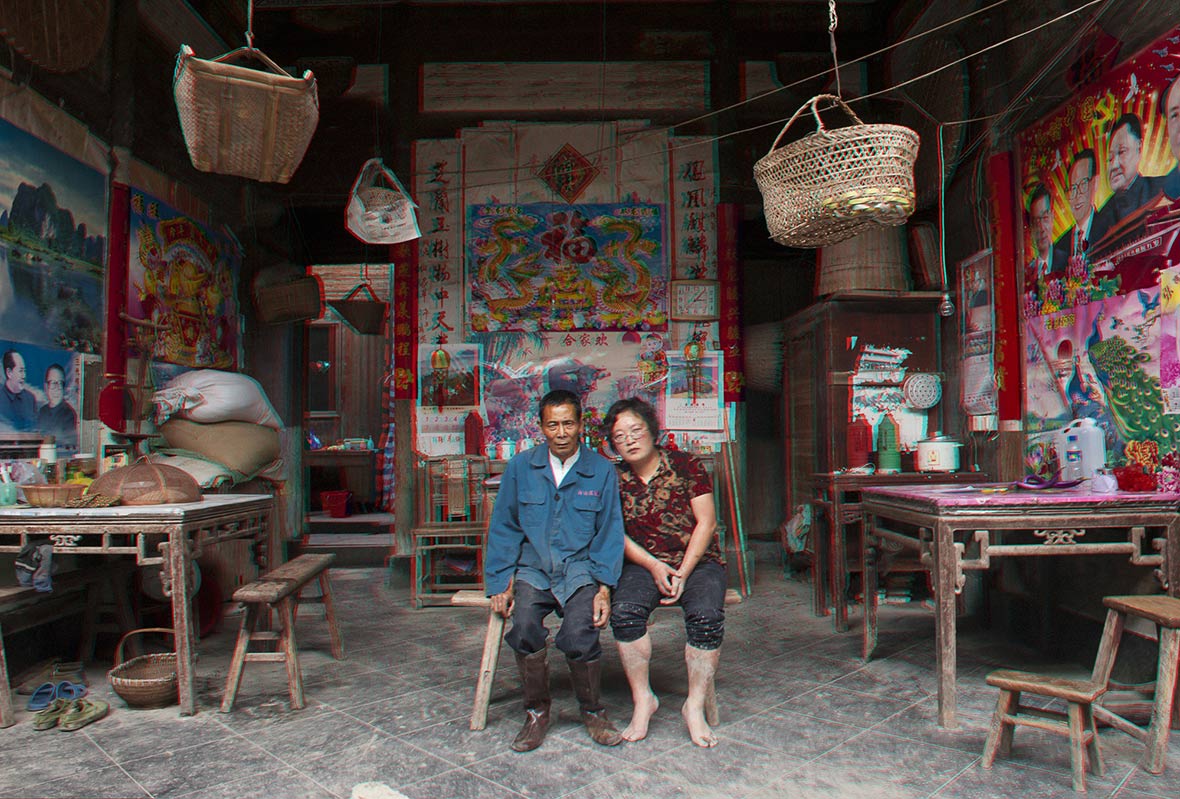
Timekeepers was published by Jiazazhi Press in May 2015, disguised as an old Chinese photo album in a box. Matjaž is now working on a book featuring his North Korean portraits as well as other documentary photography projects.
“时间纪录者”于2015年5月由假杂志出版发行,它的包装看起来就像是一本放在相册盒里的中国老相簿。Matjaž目前正在筹备他的朝鲜肖像摄影集以及其它纪实摄影项目。
